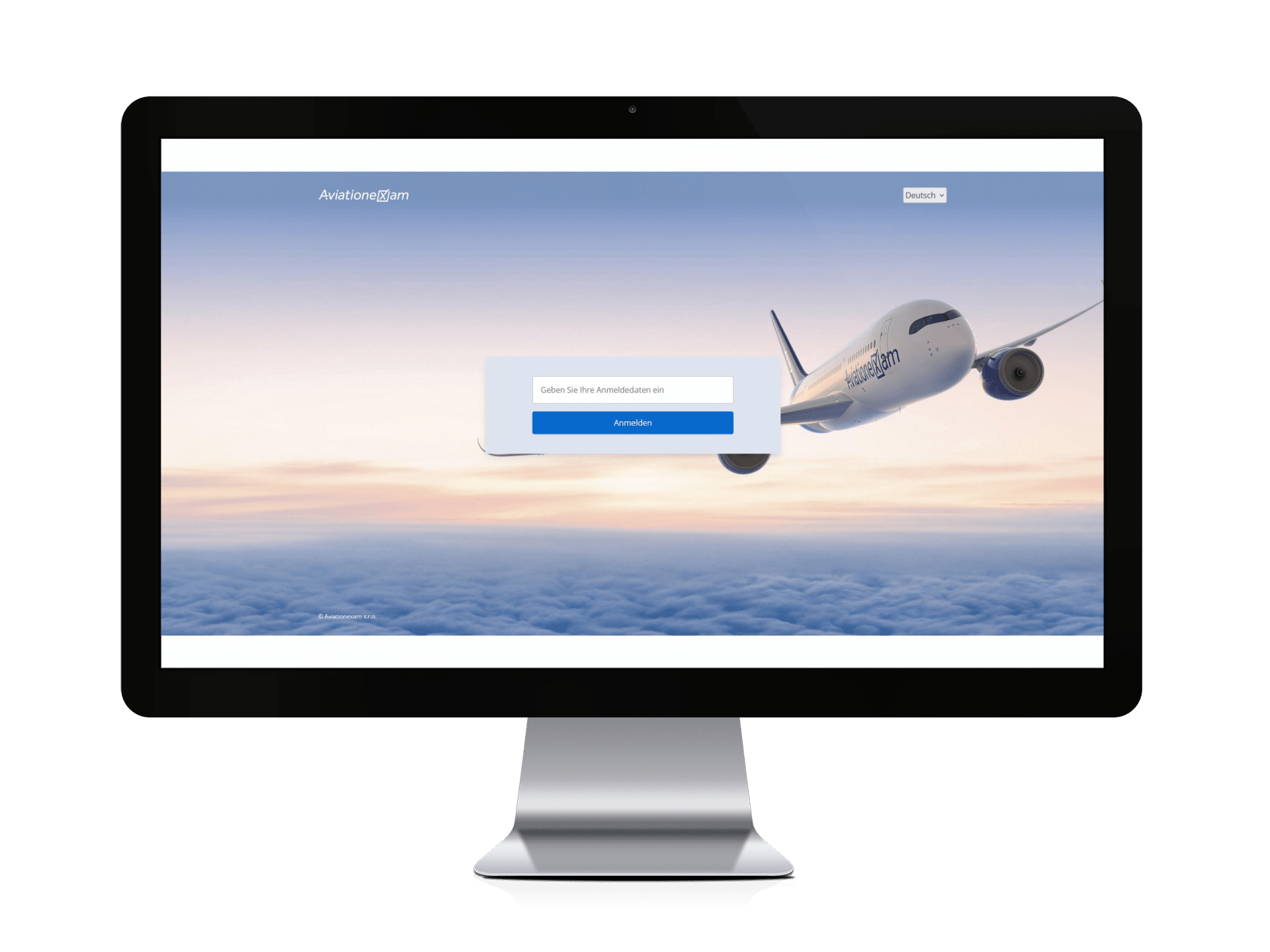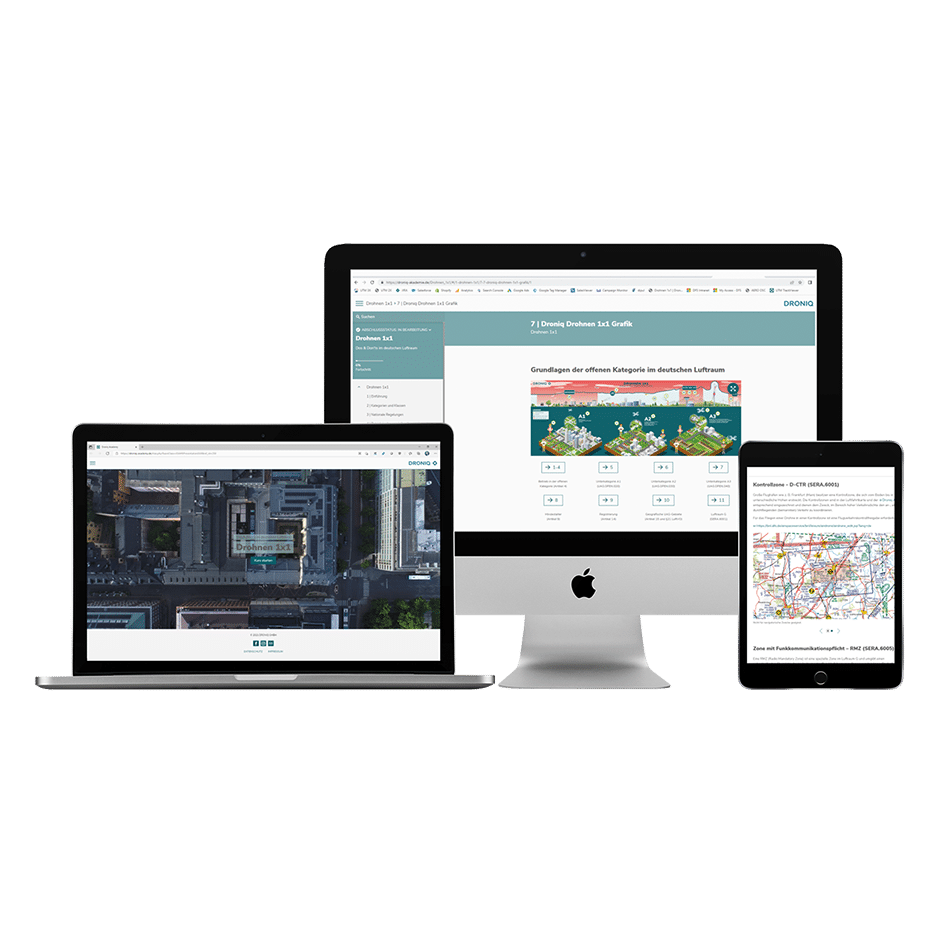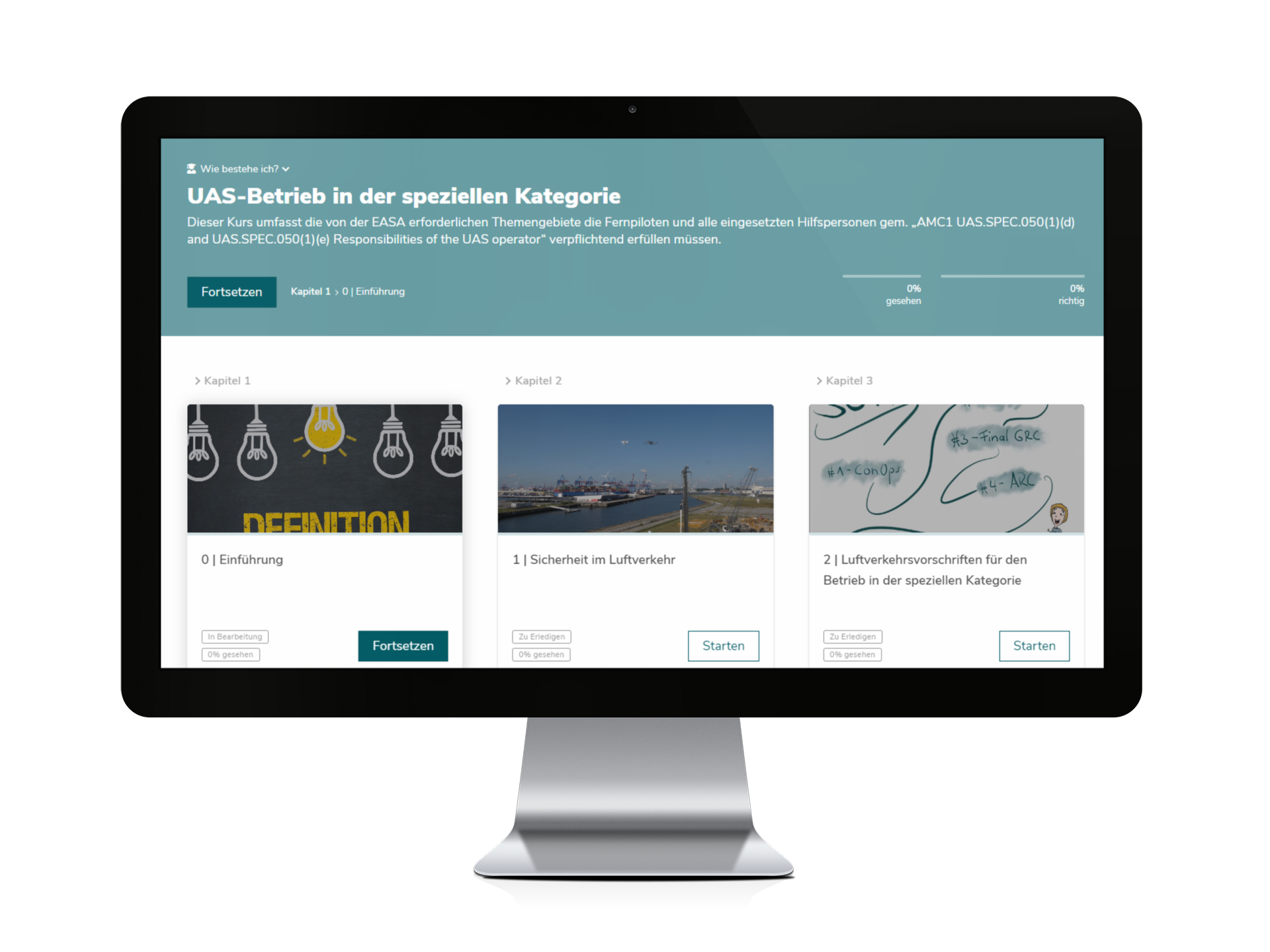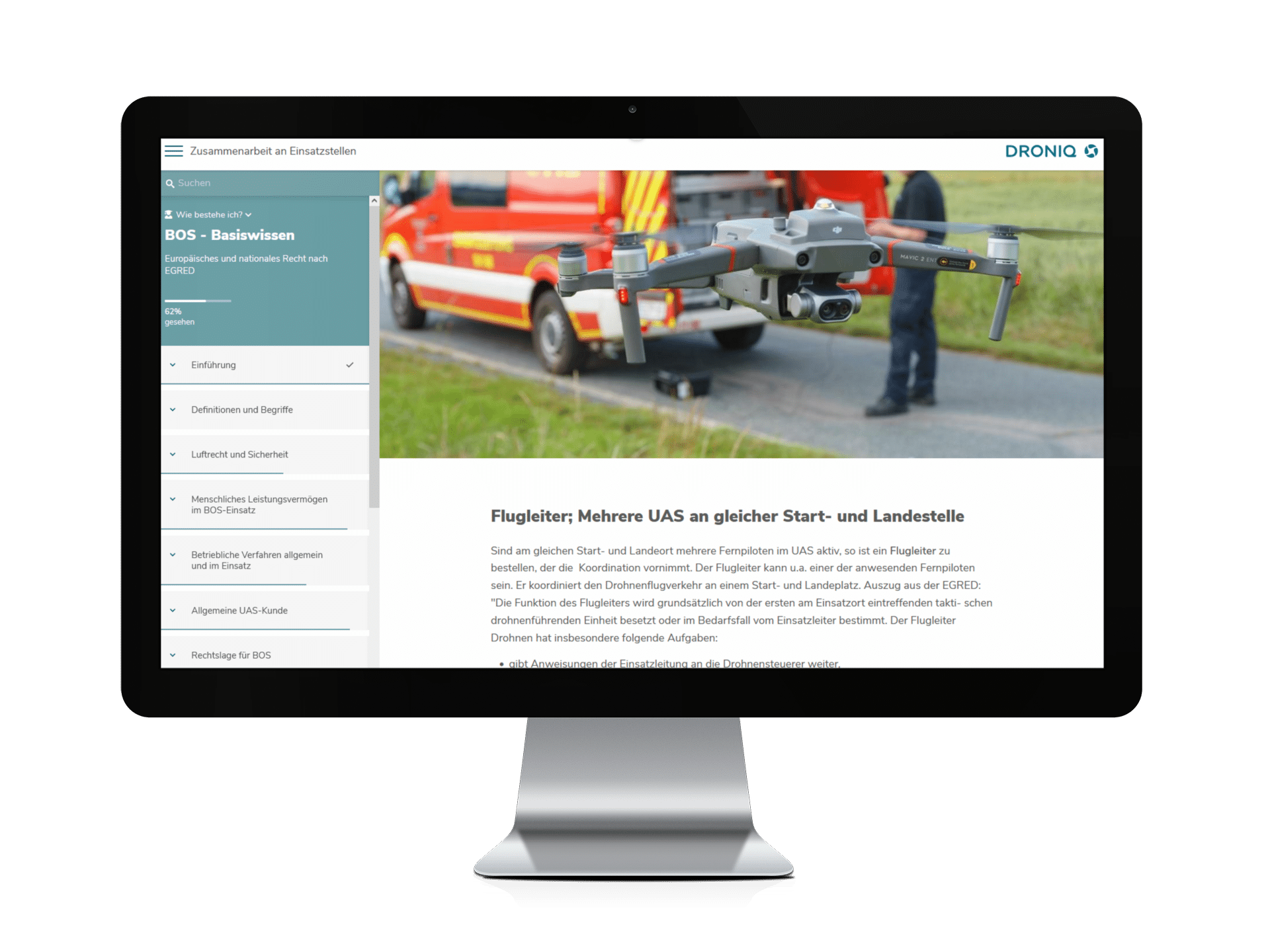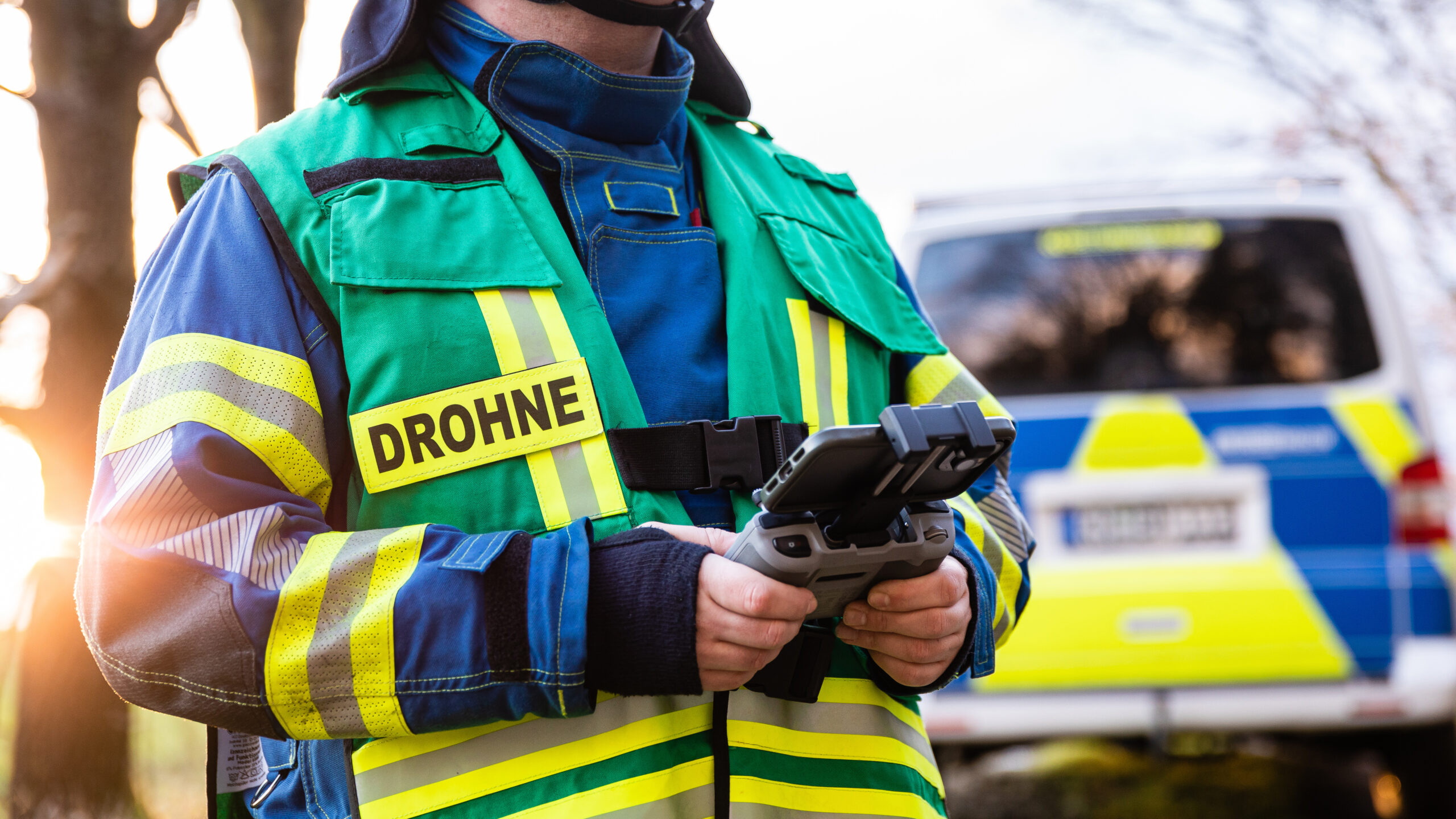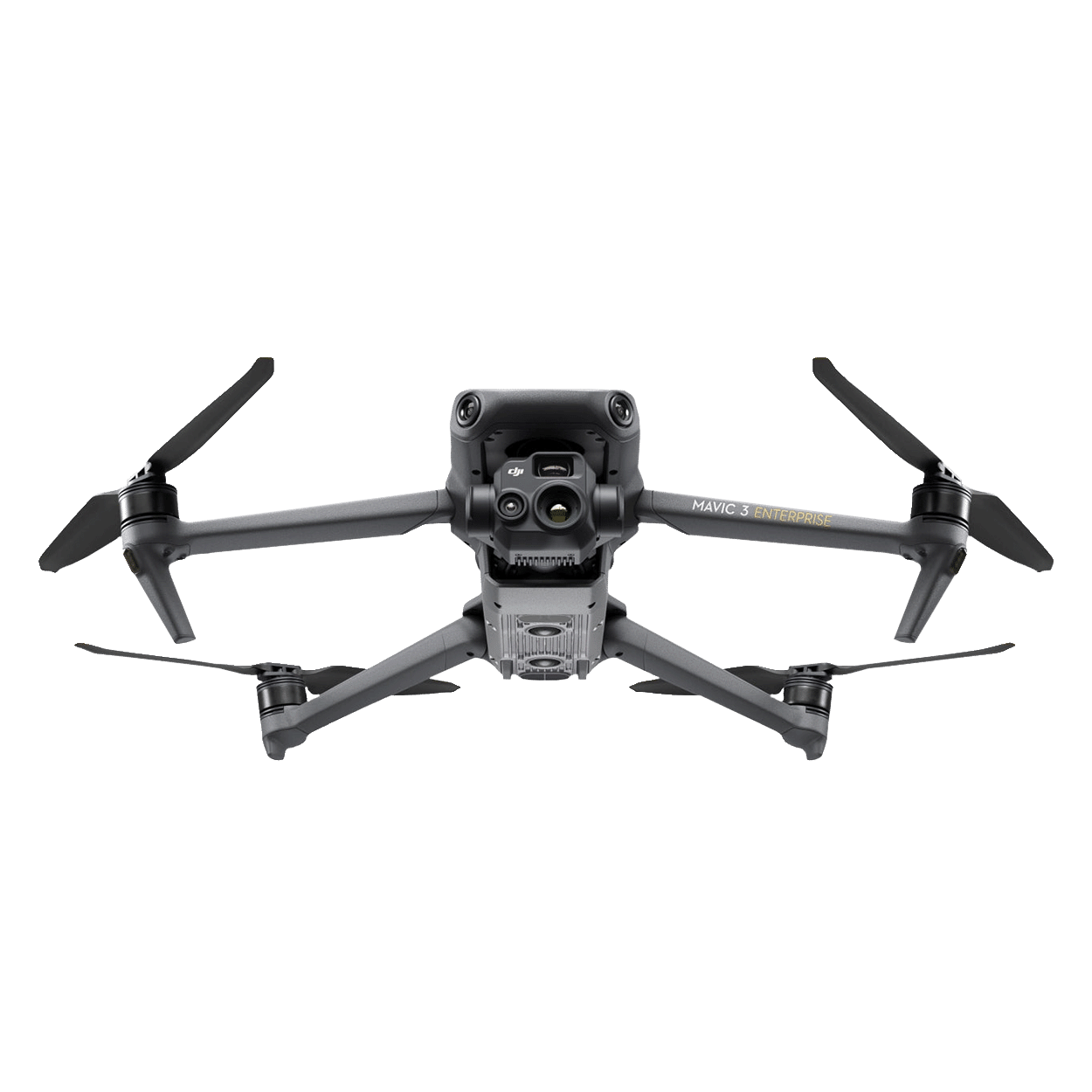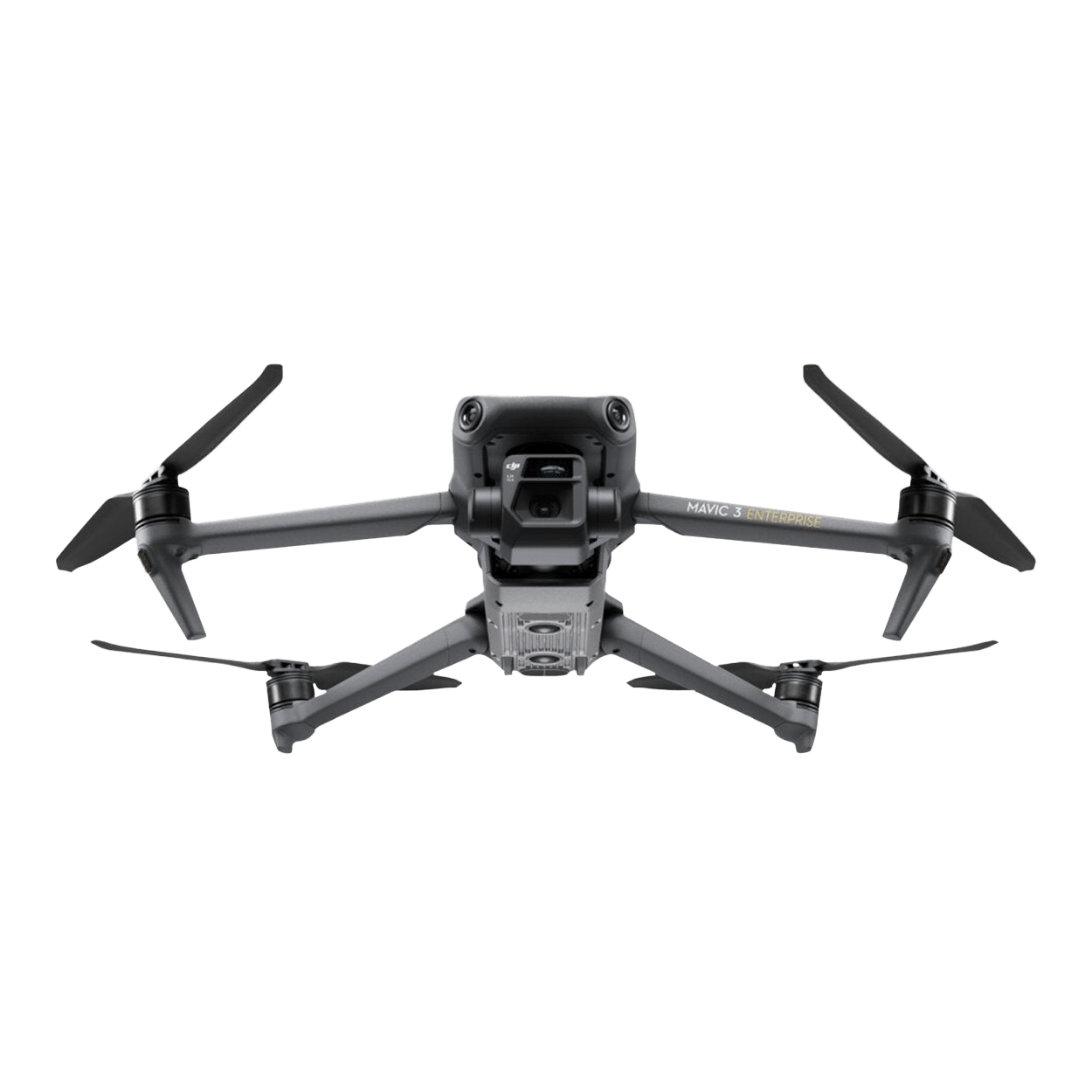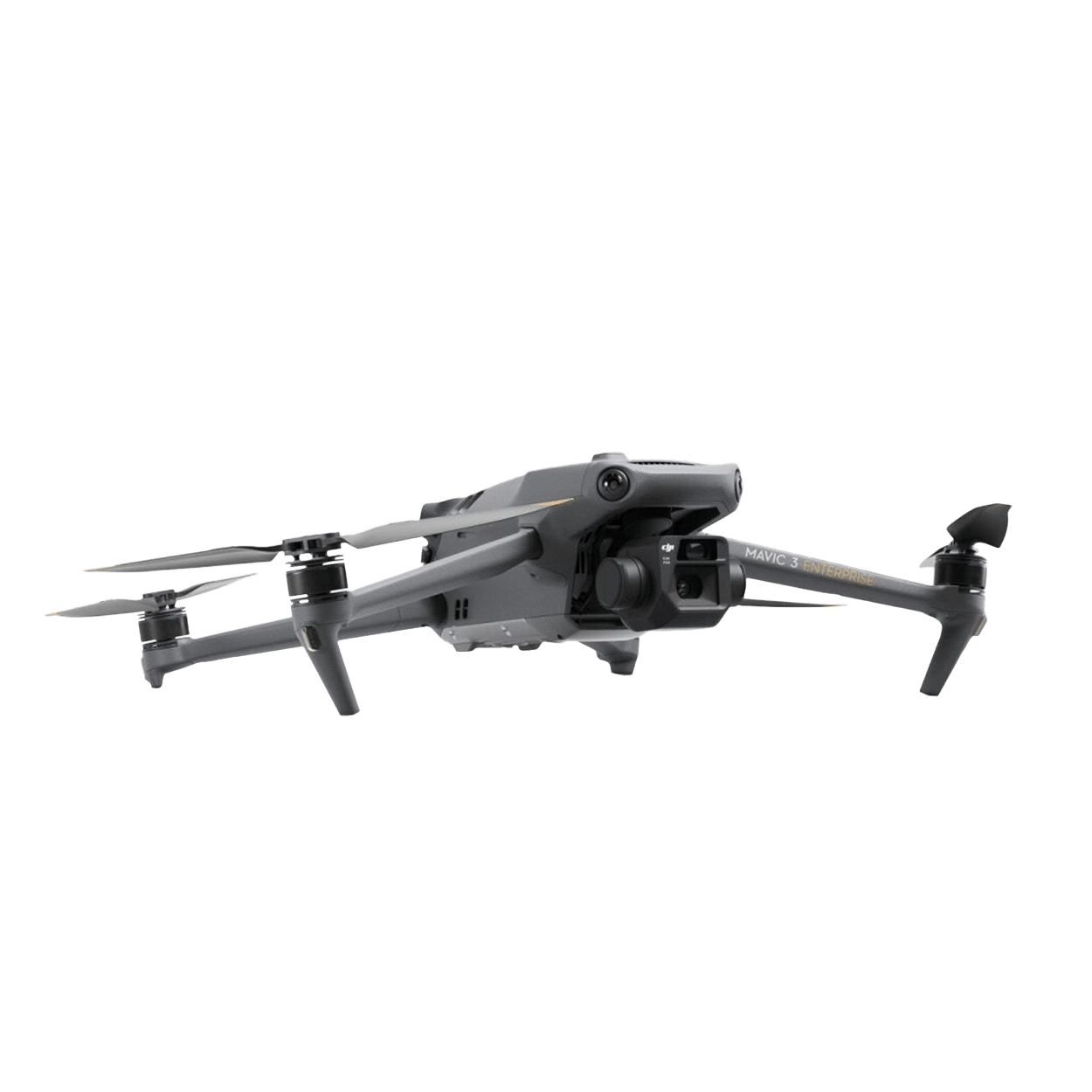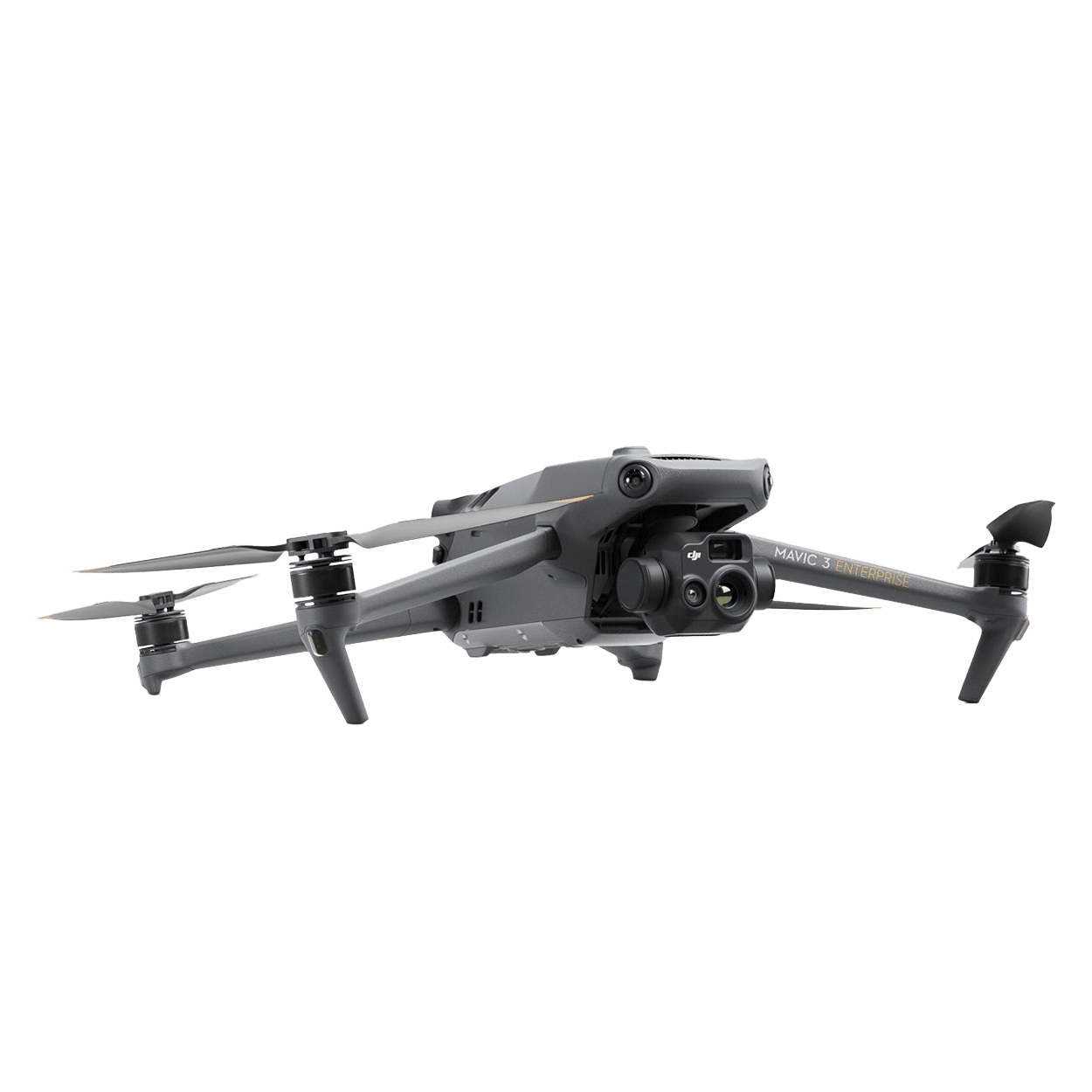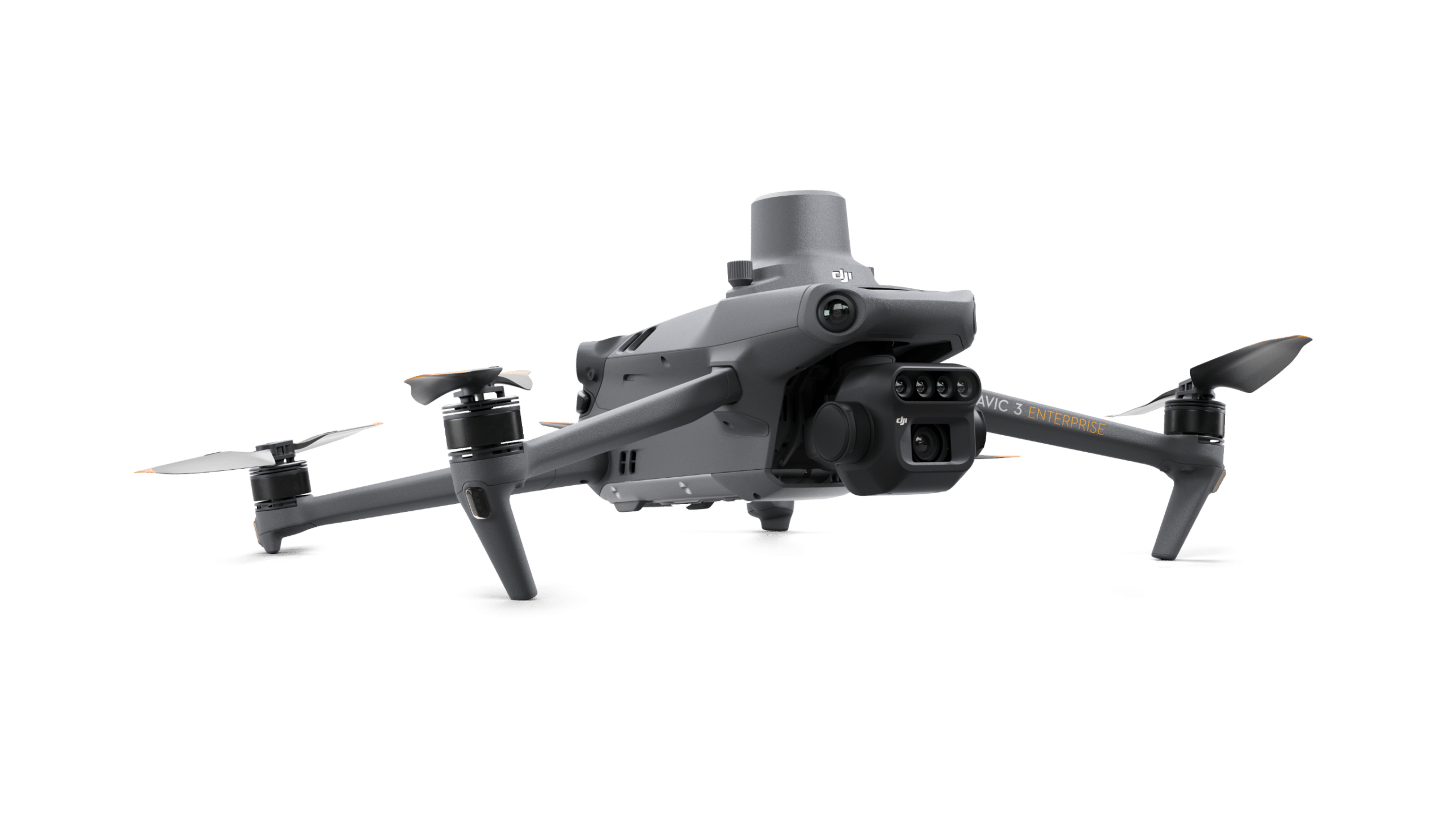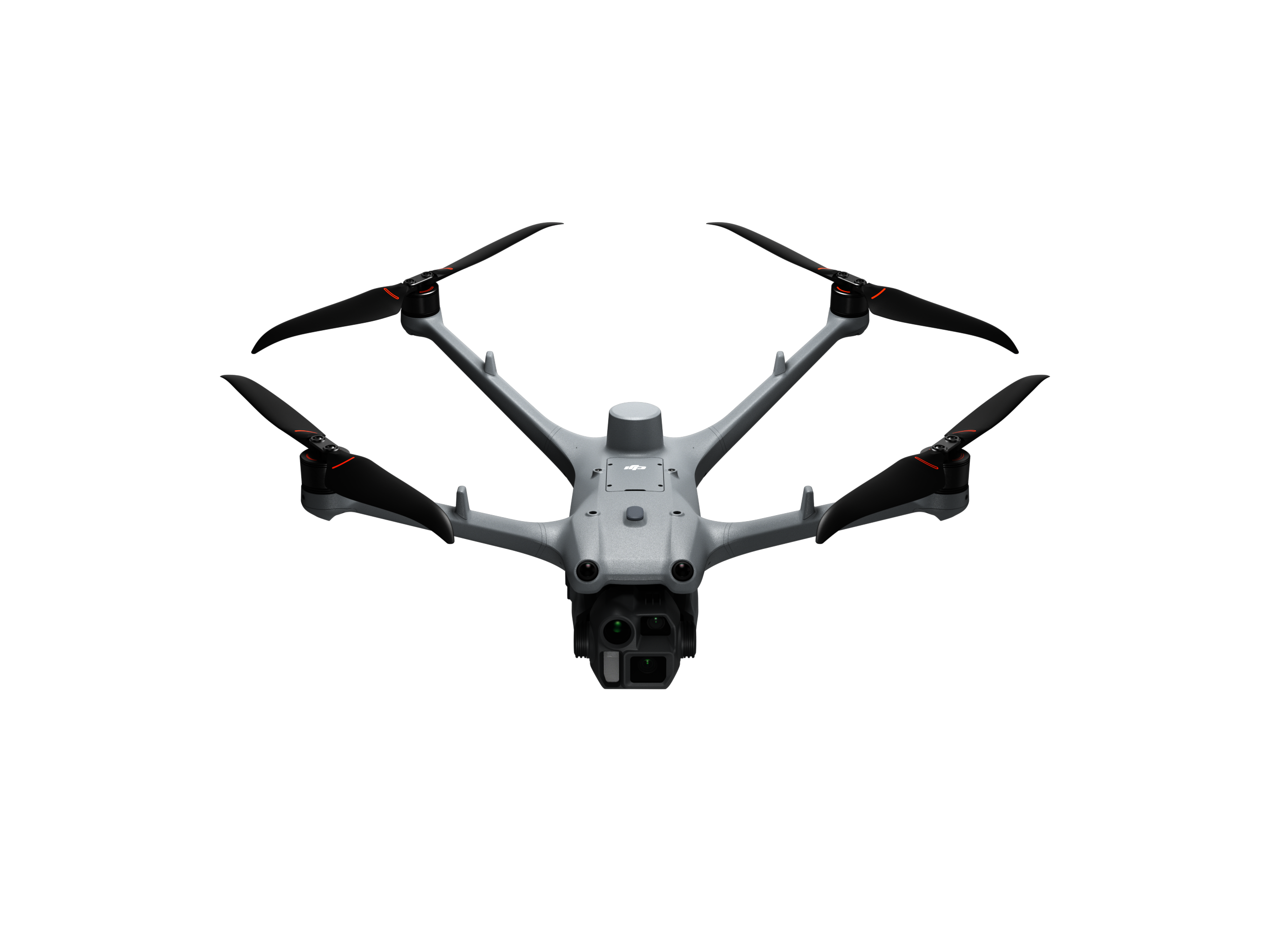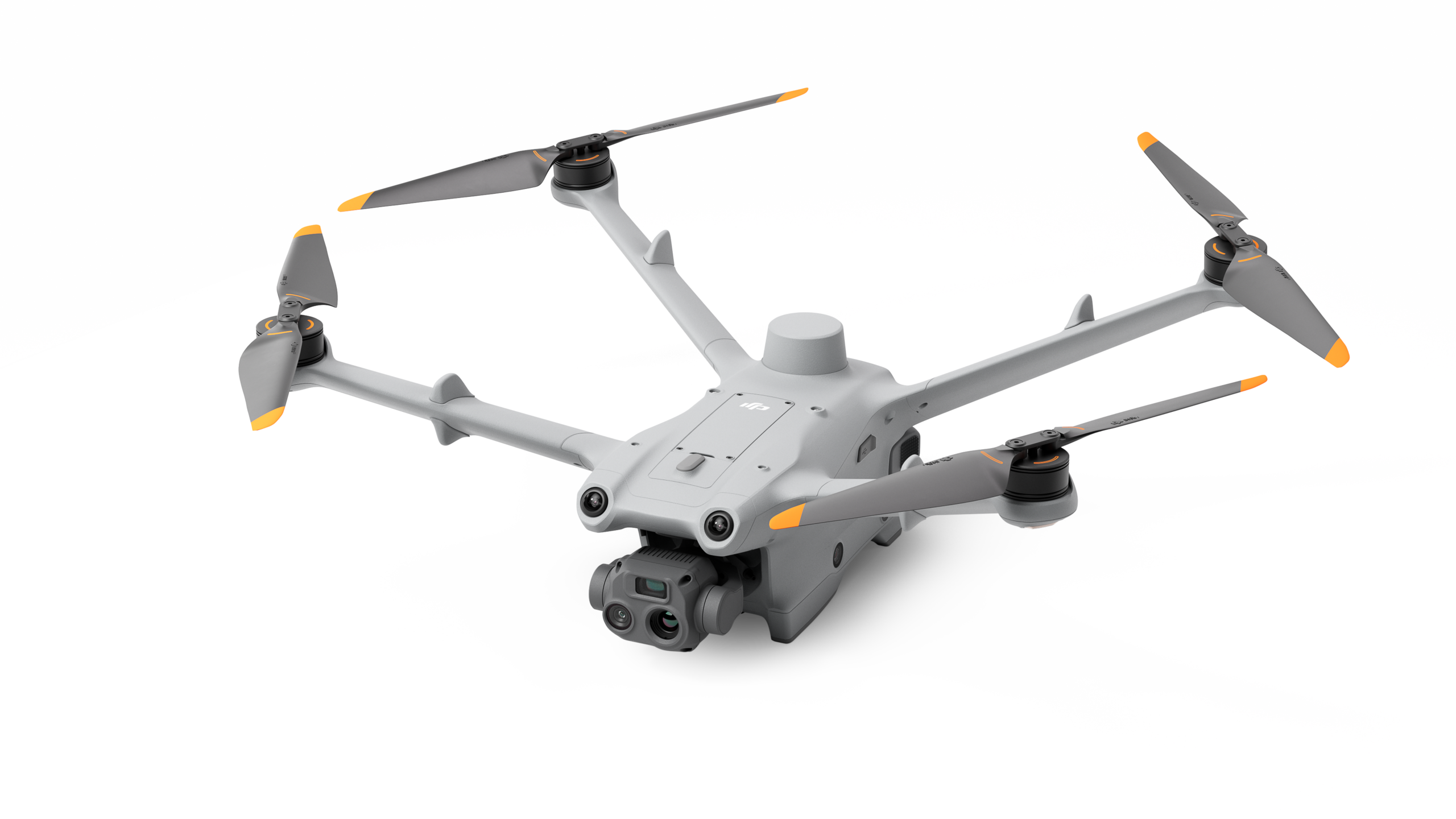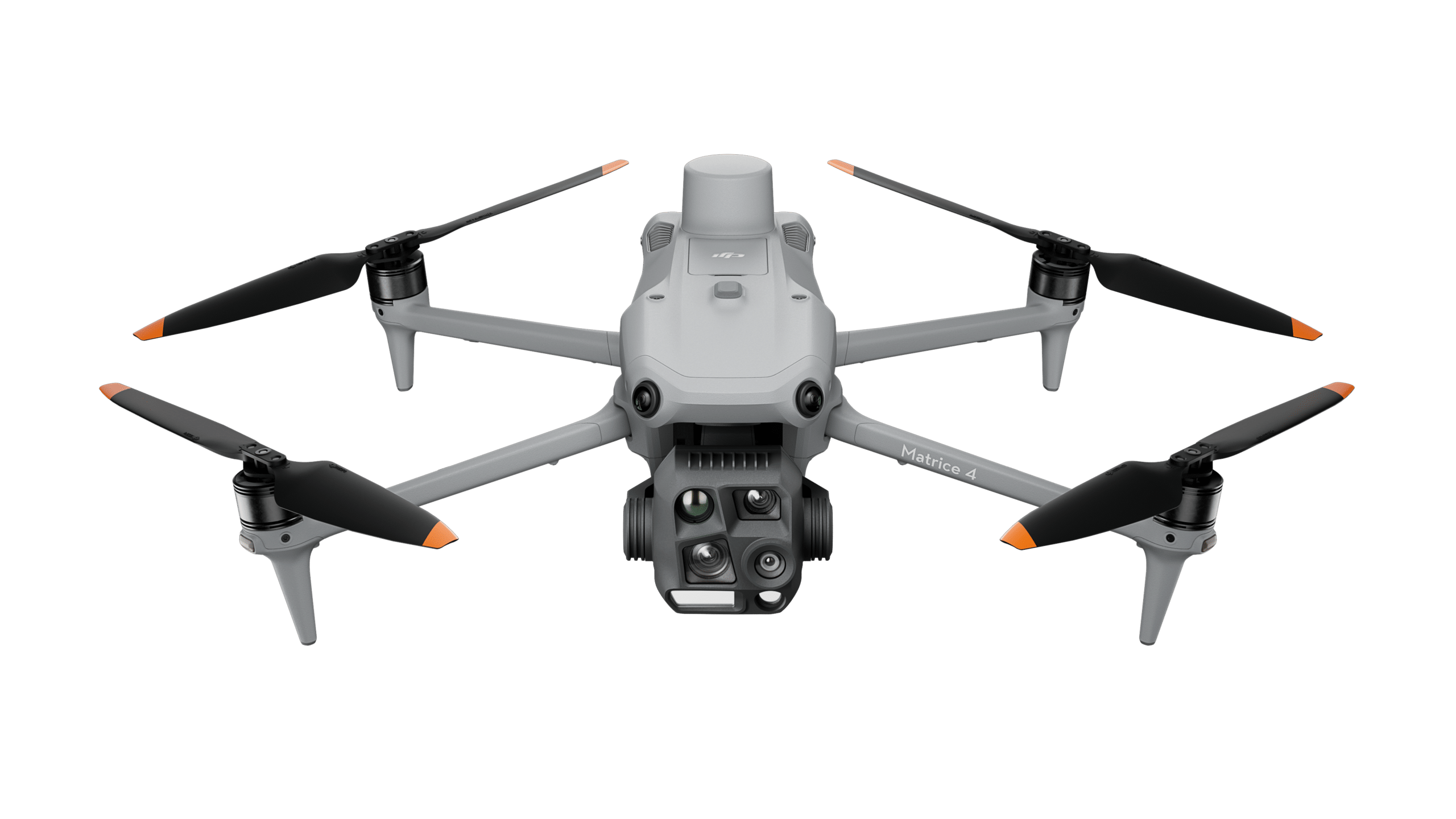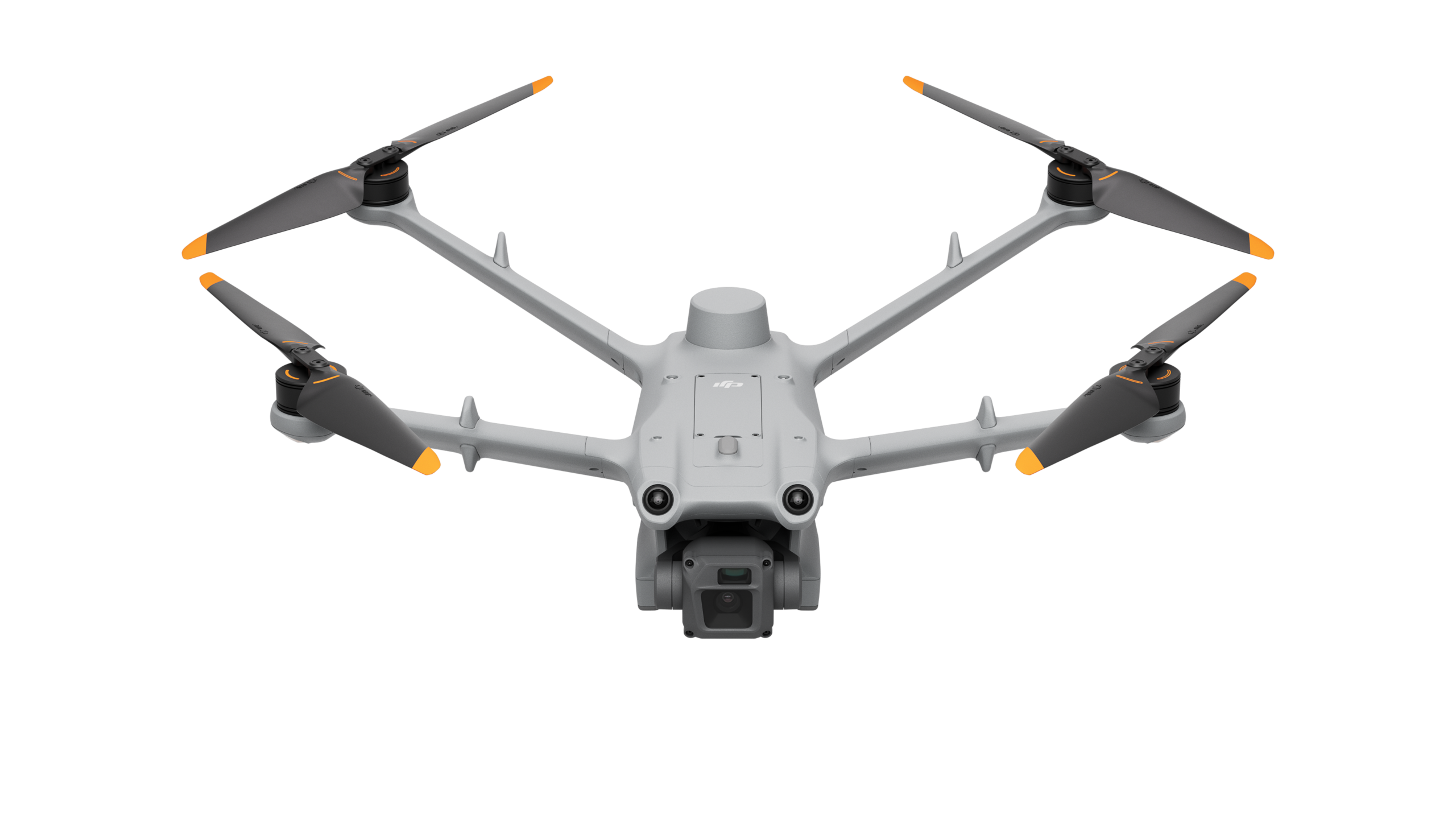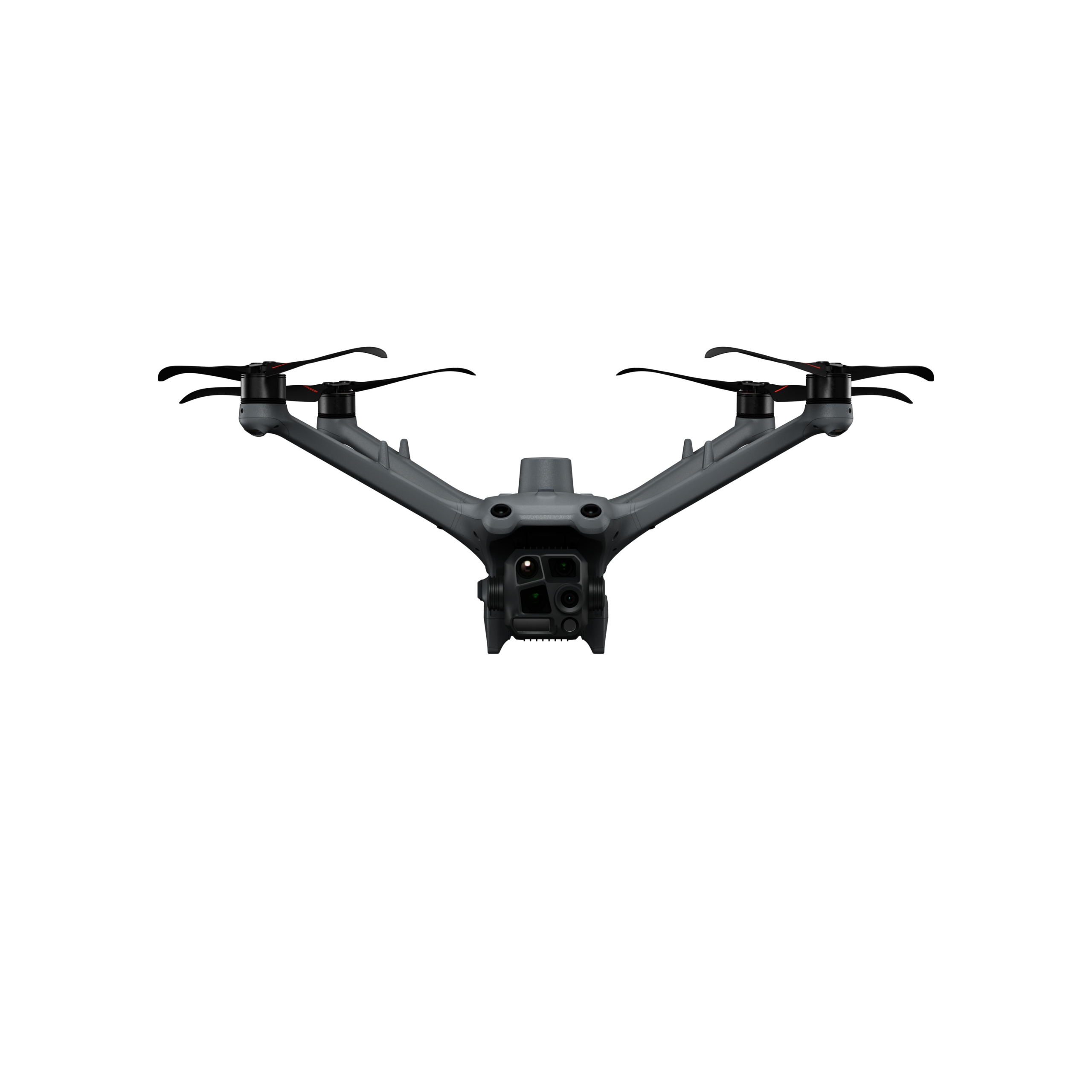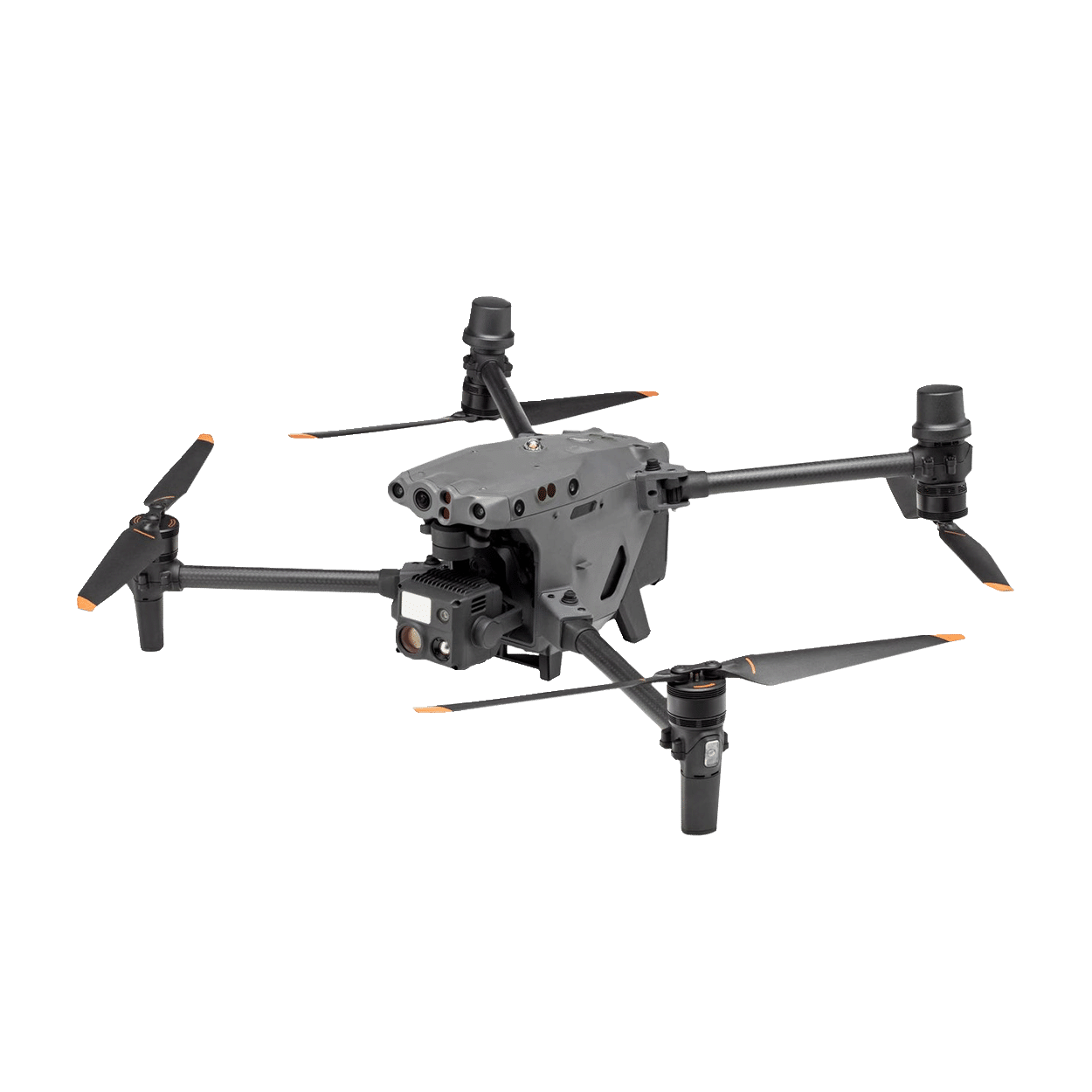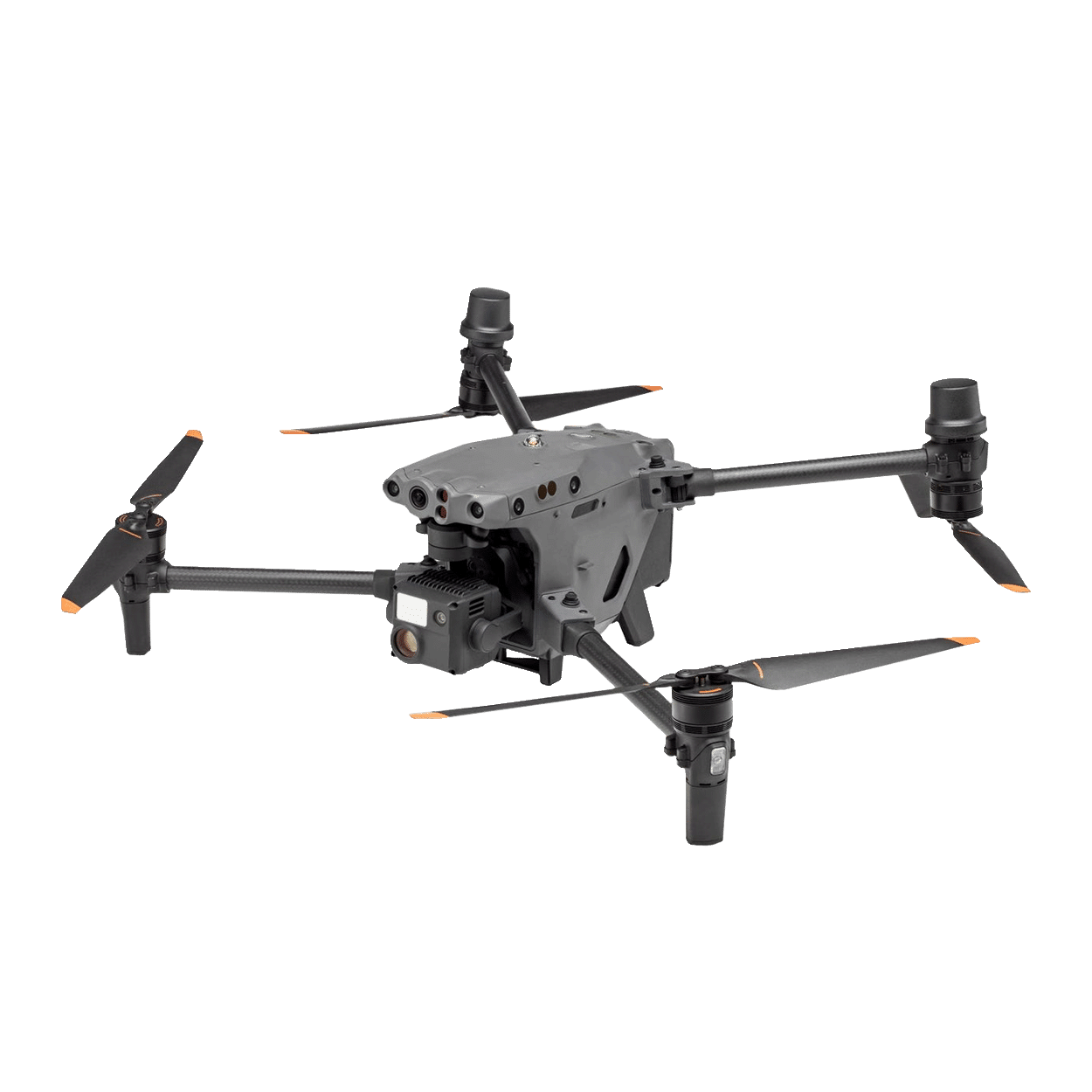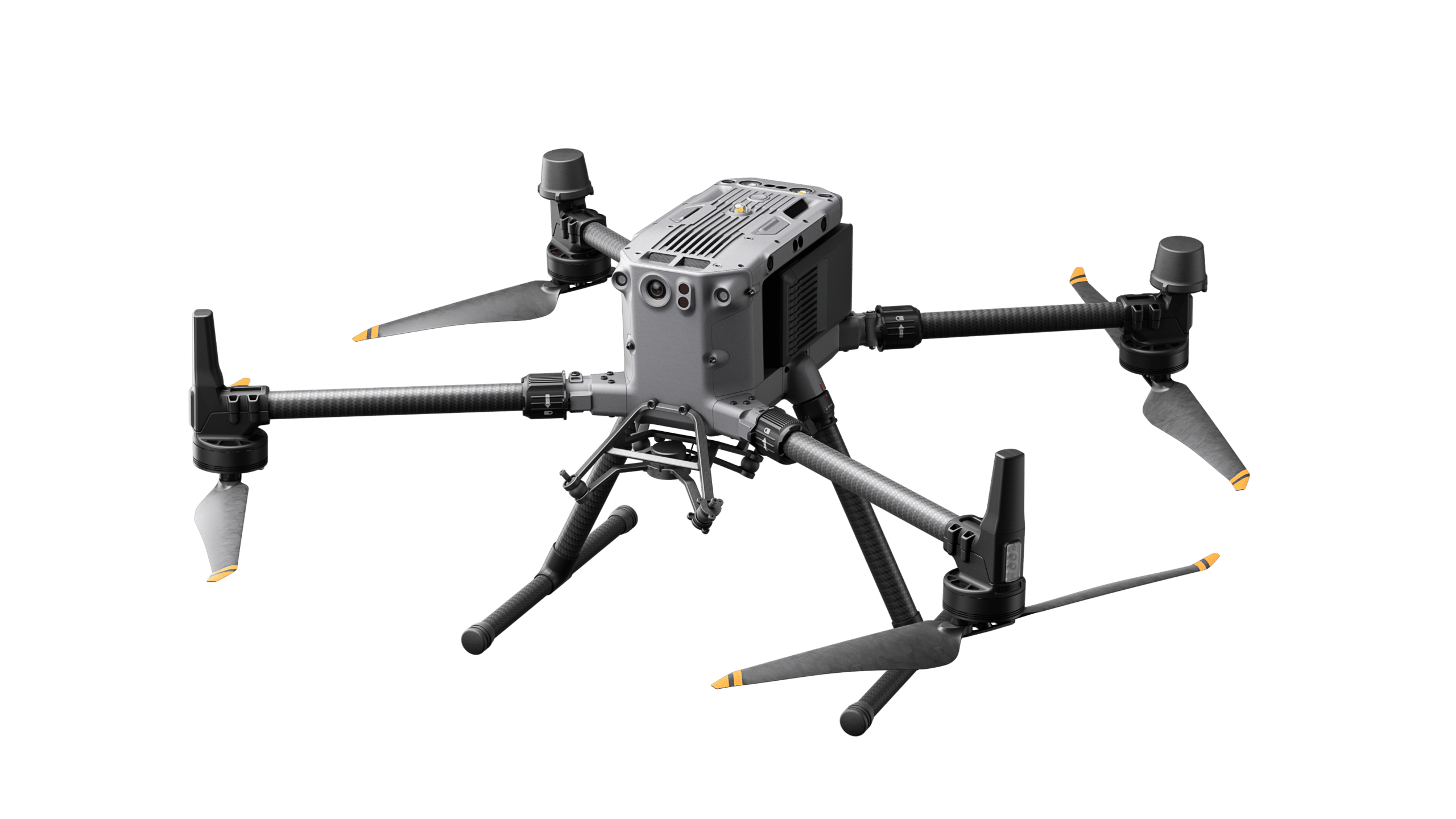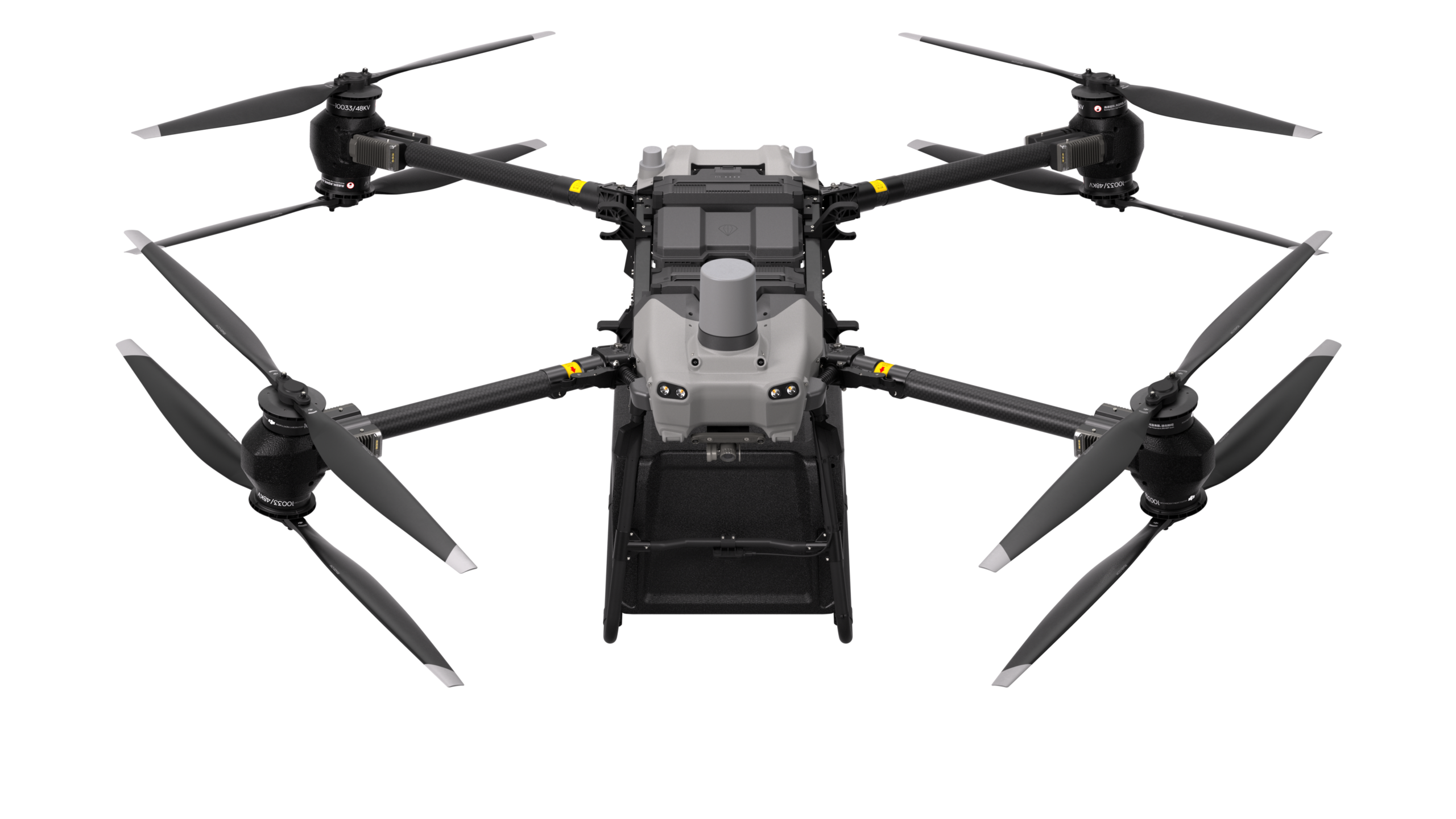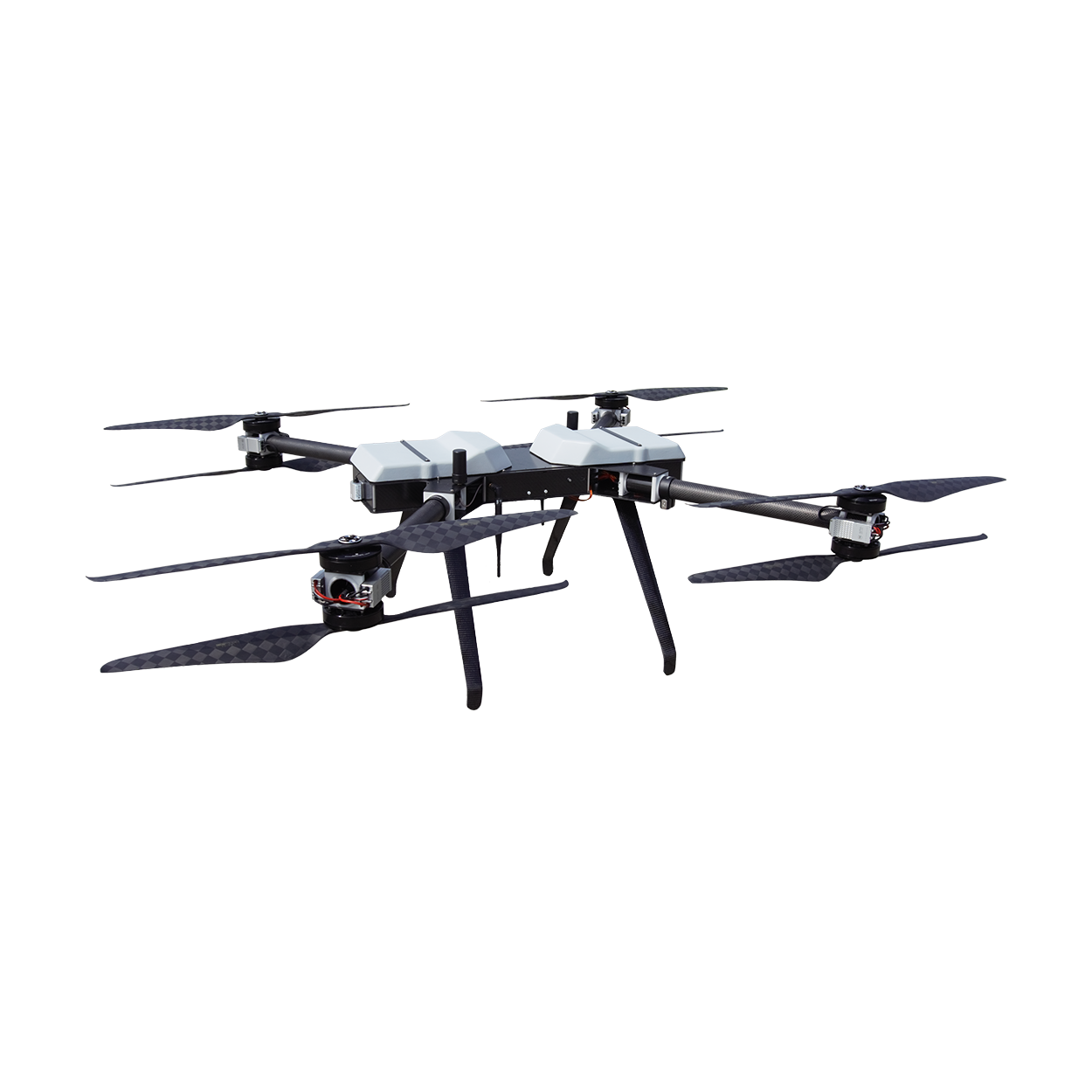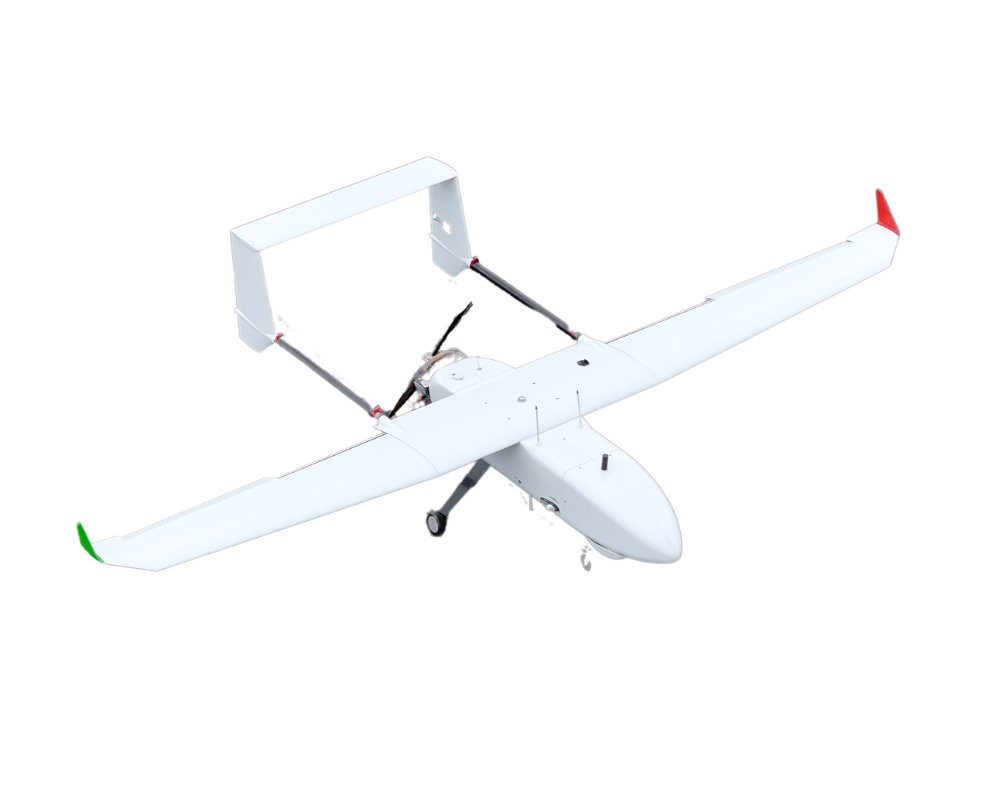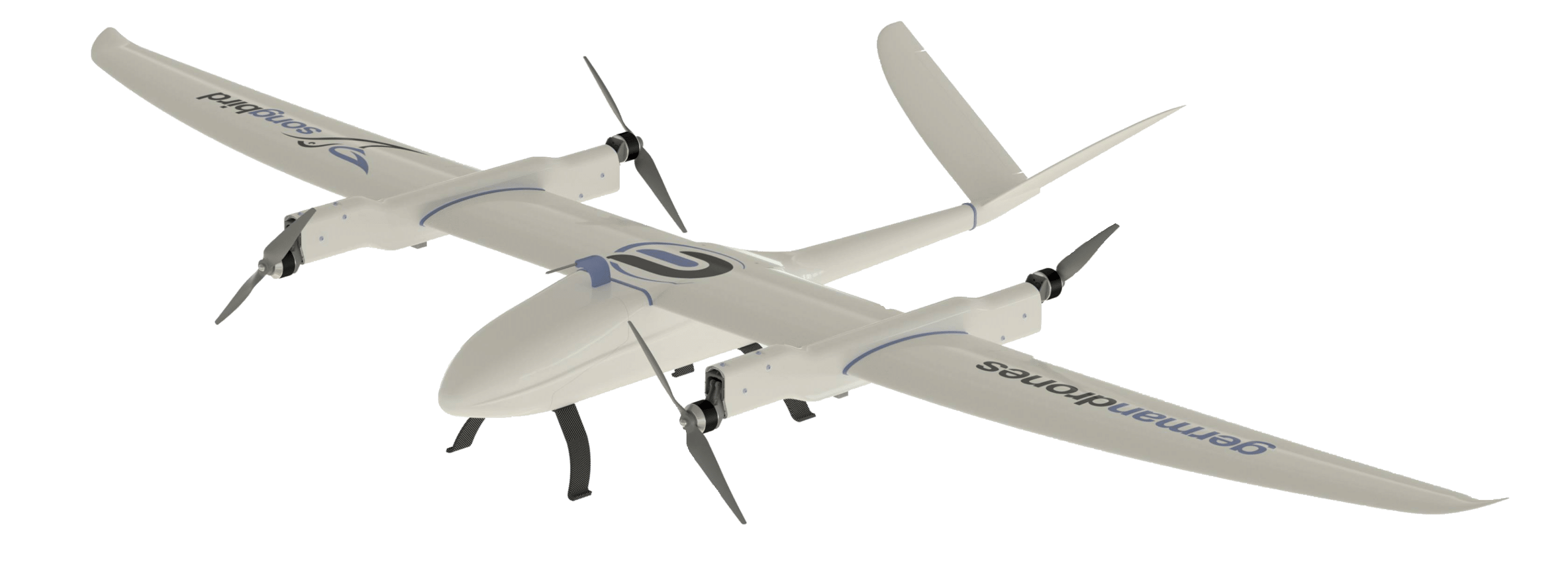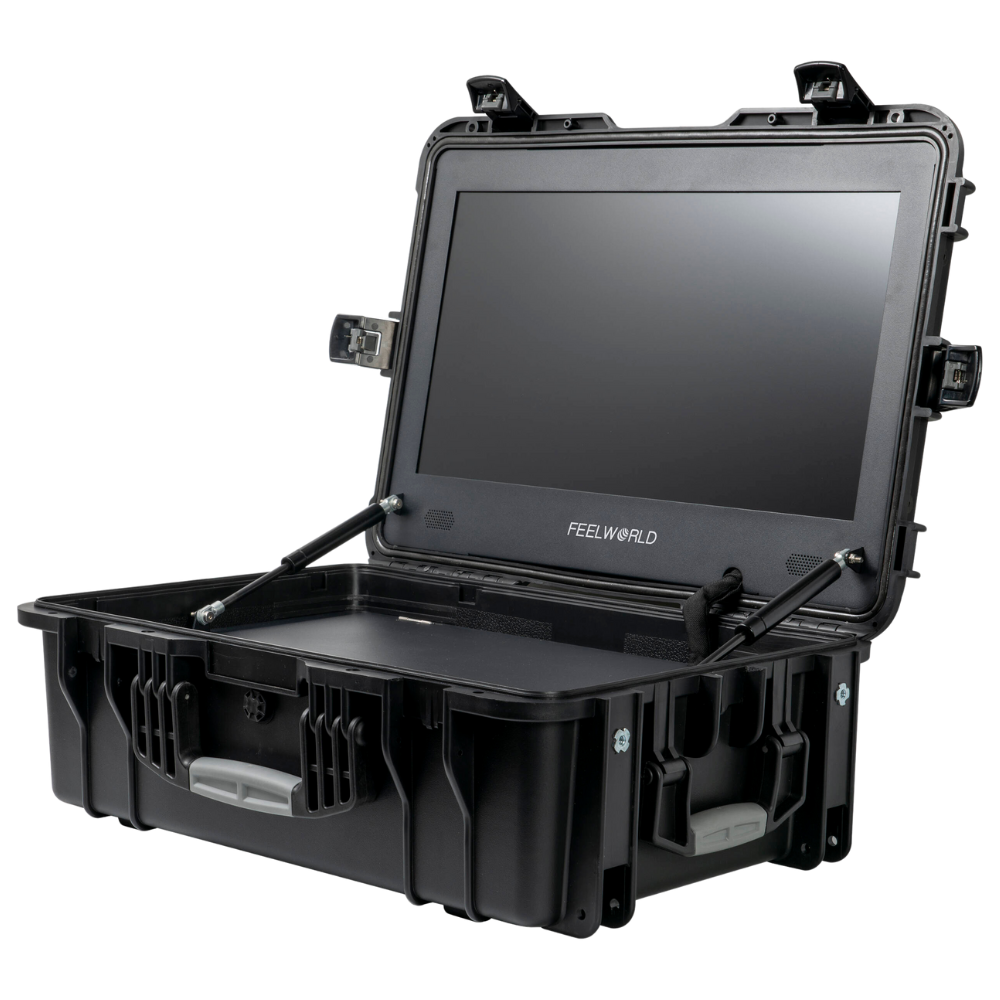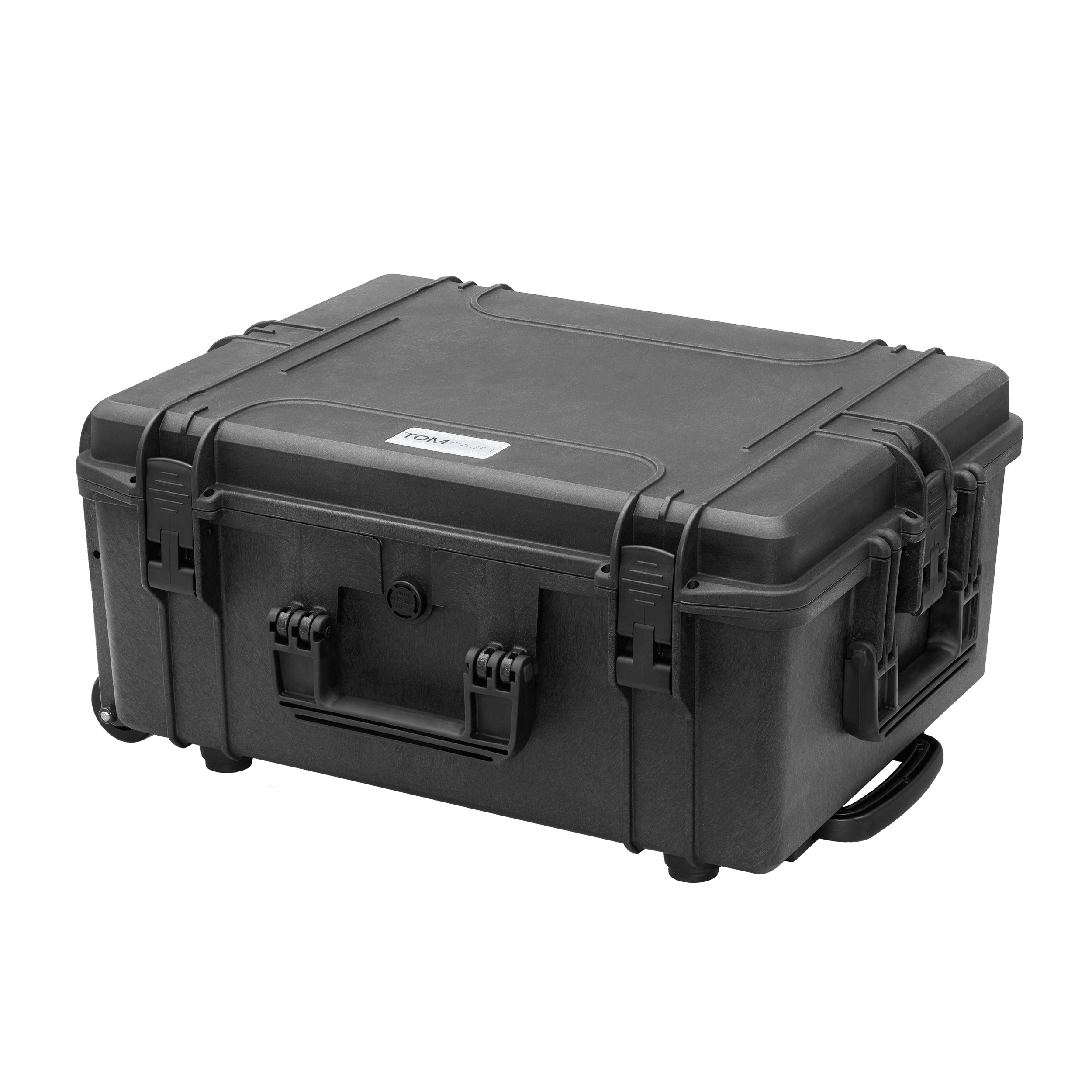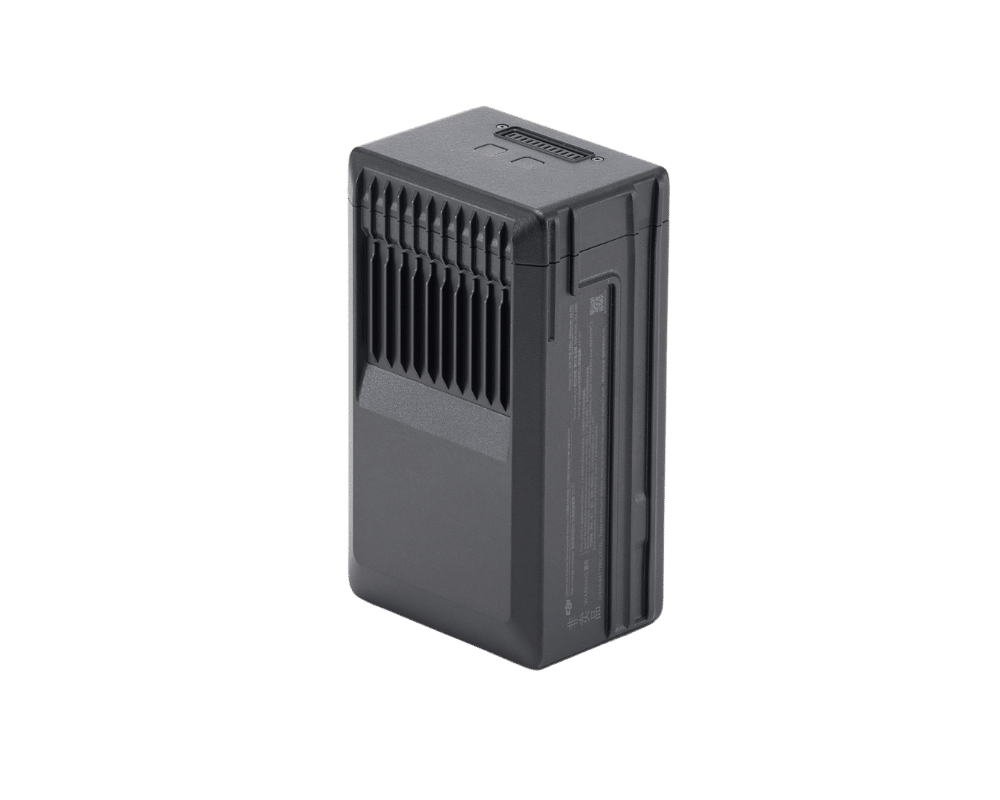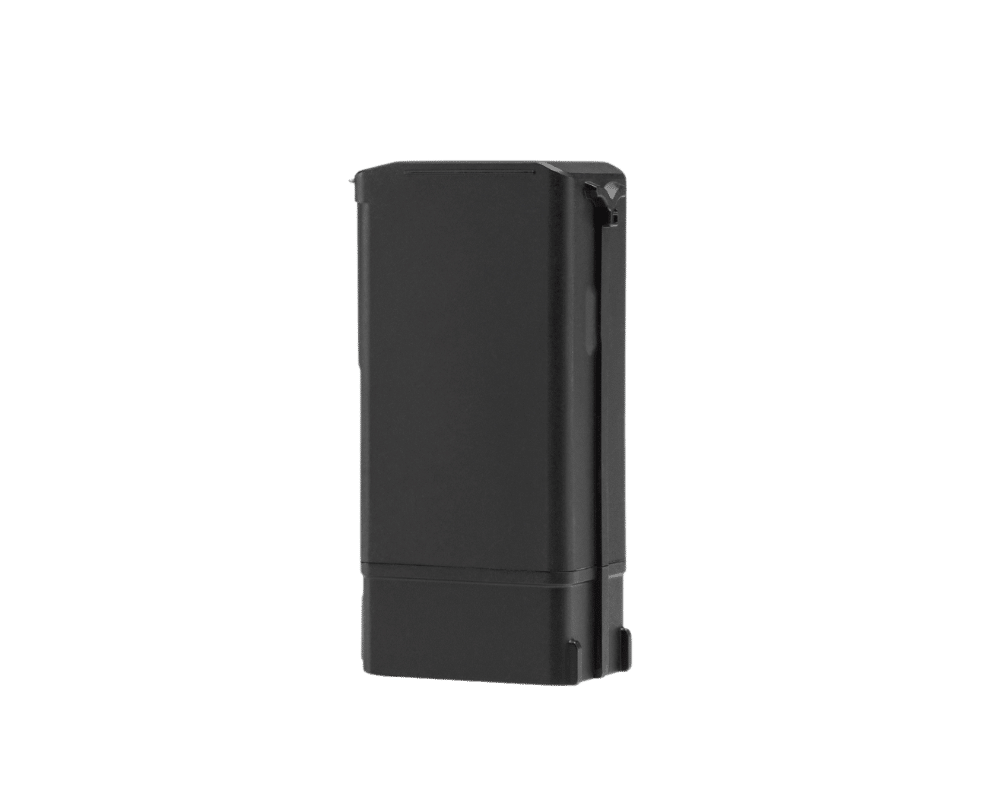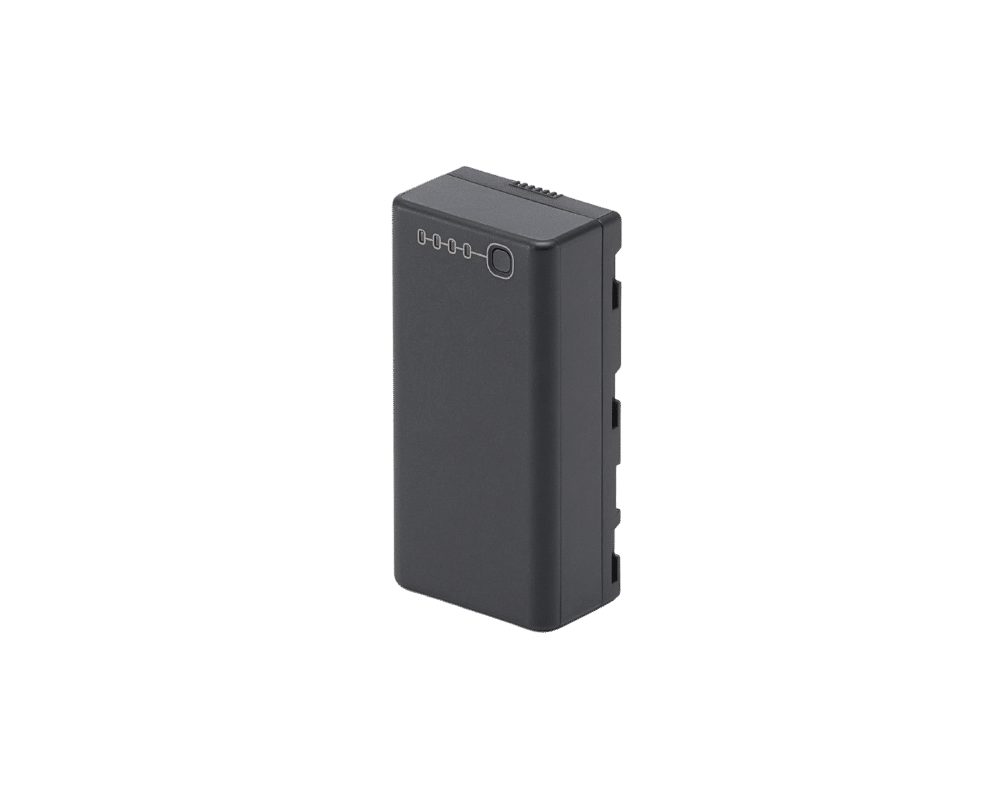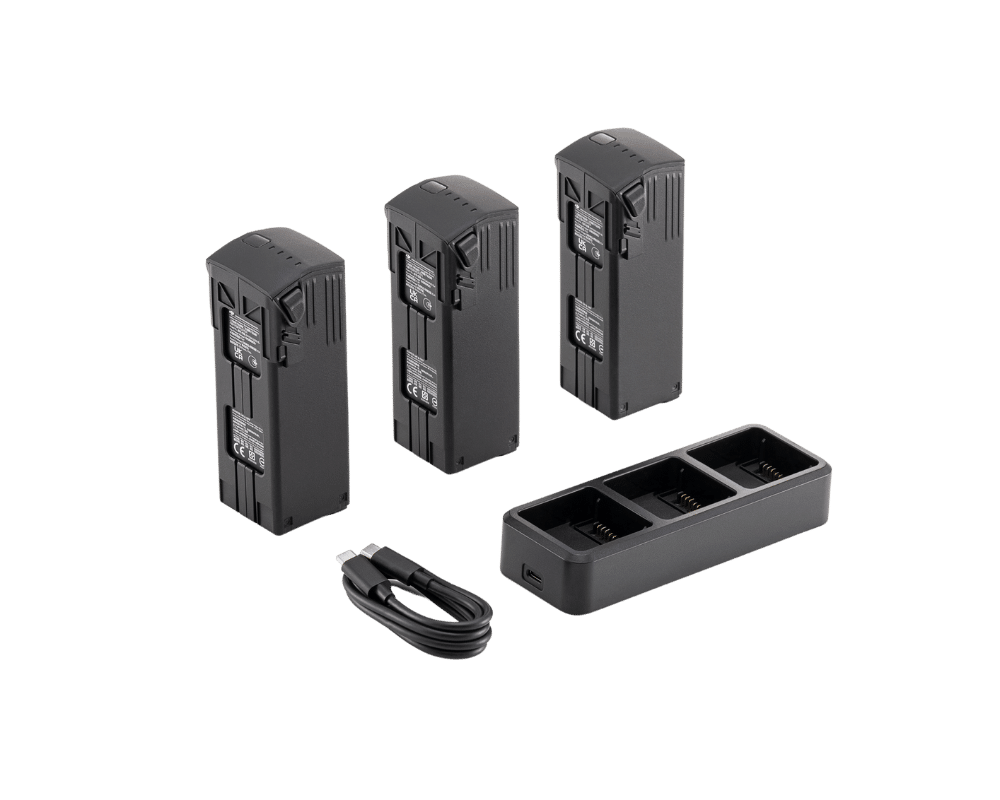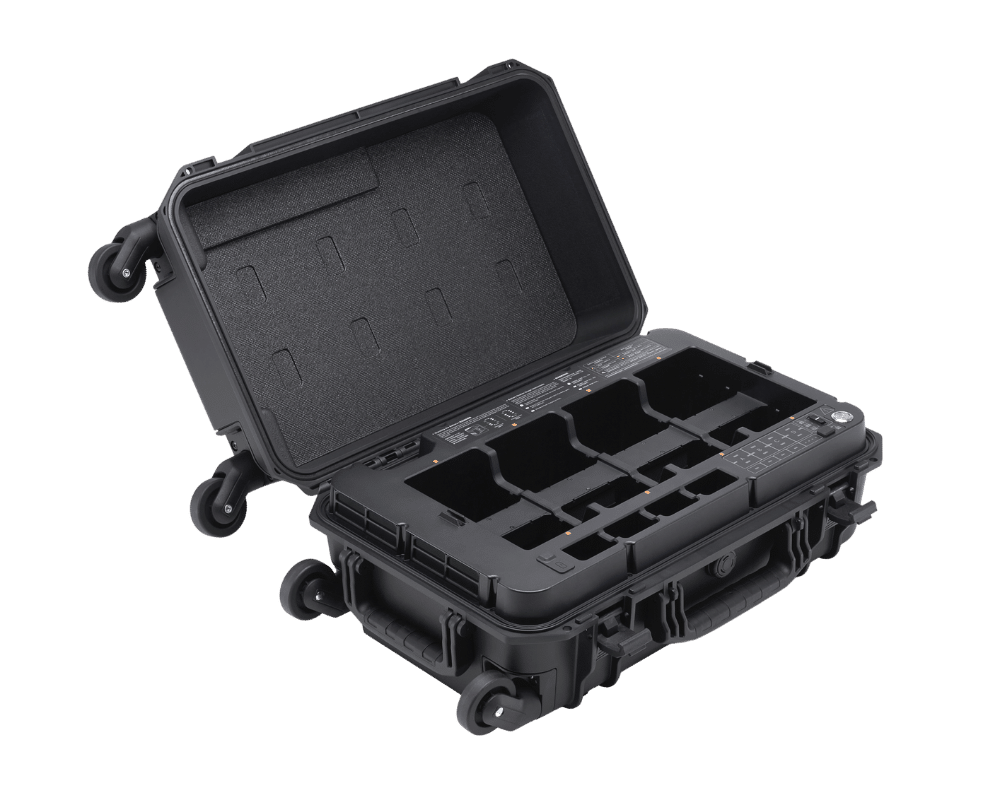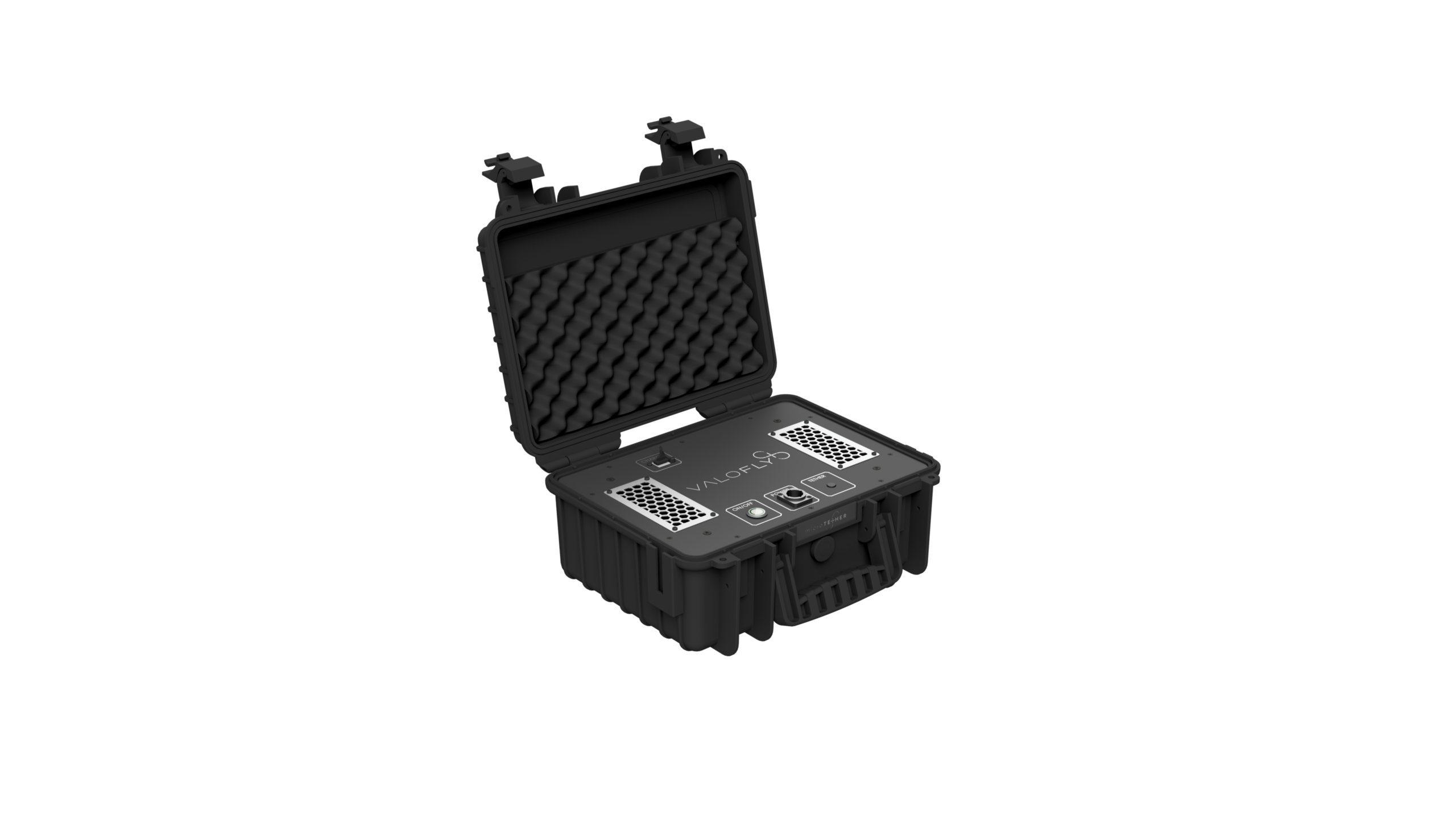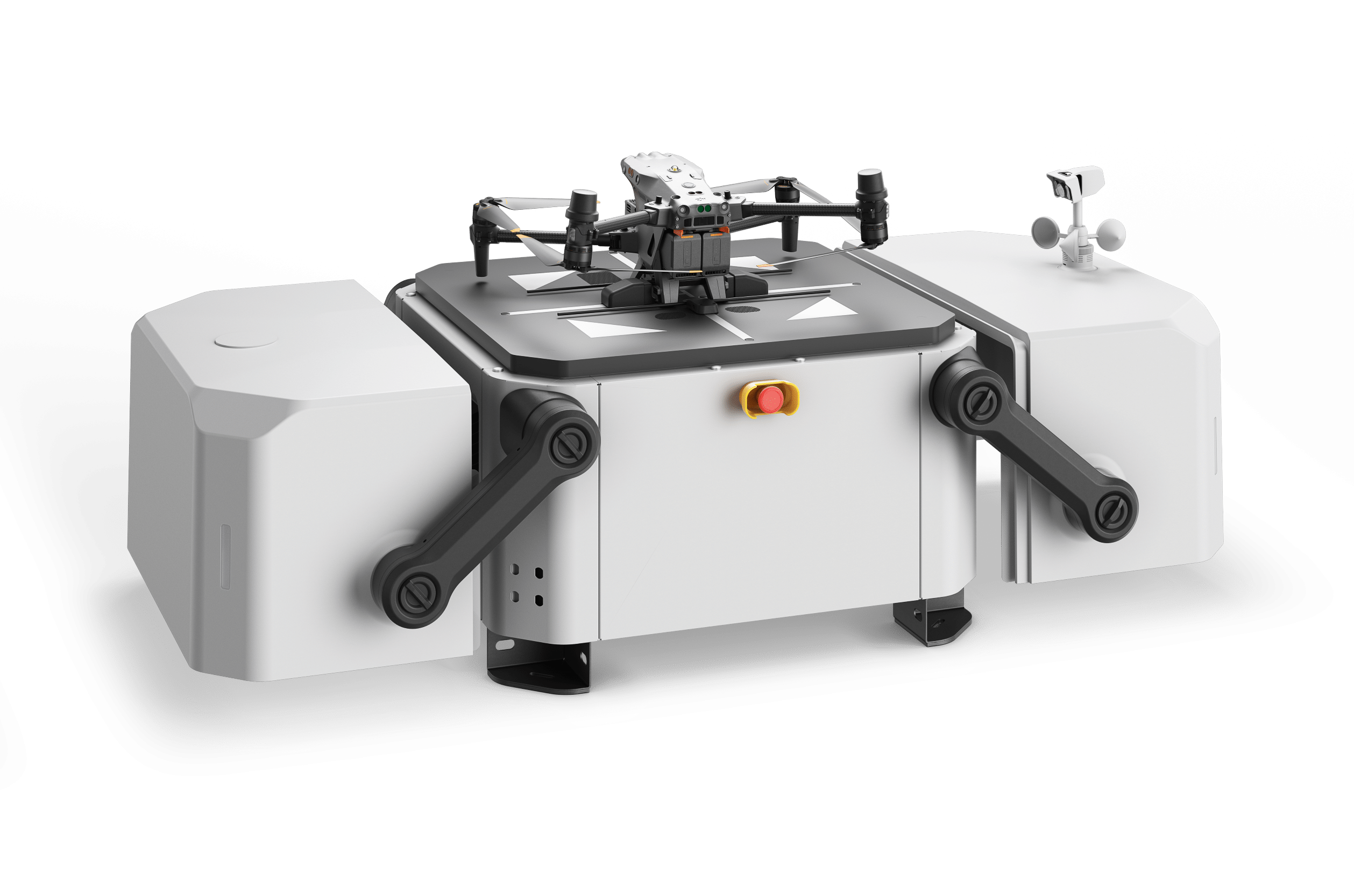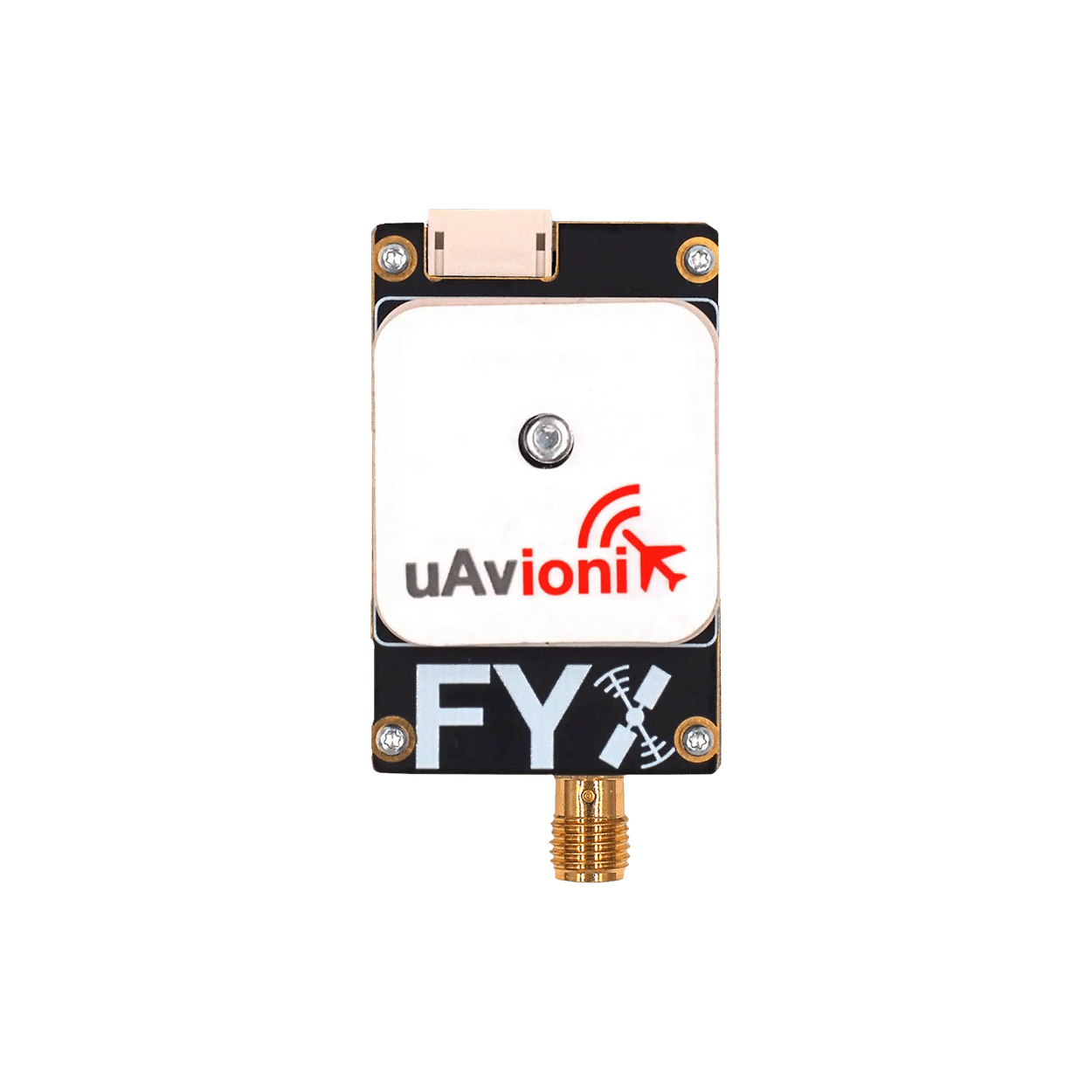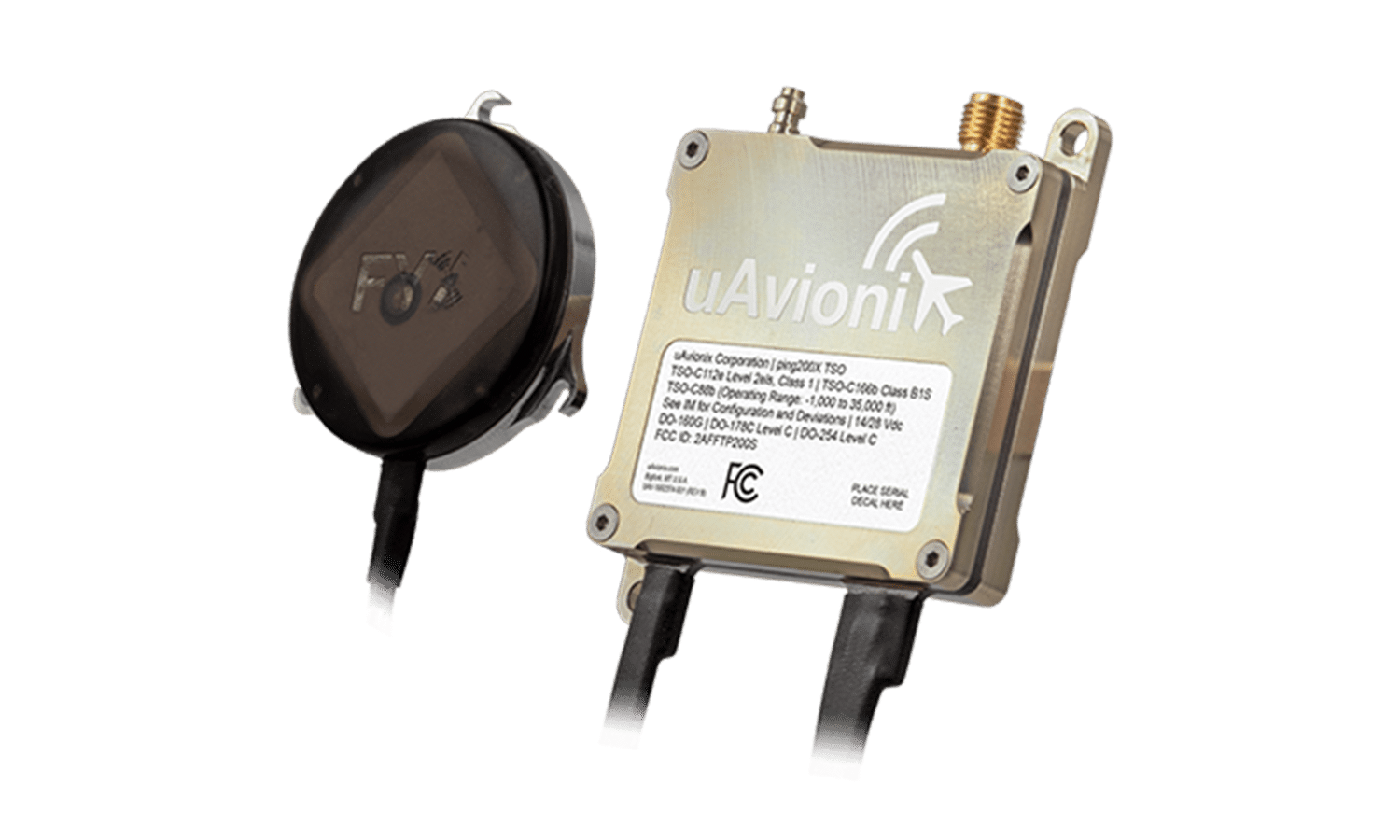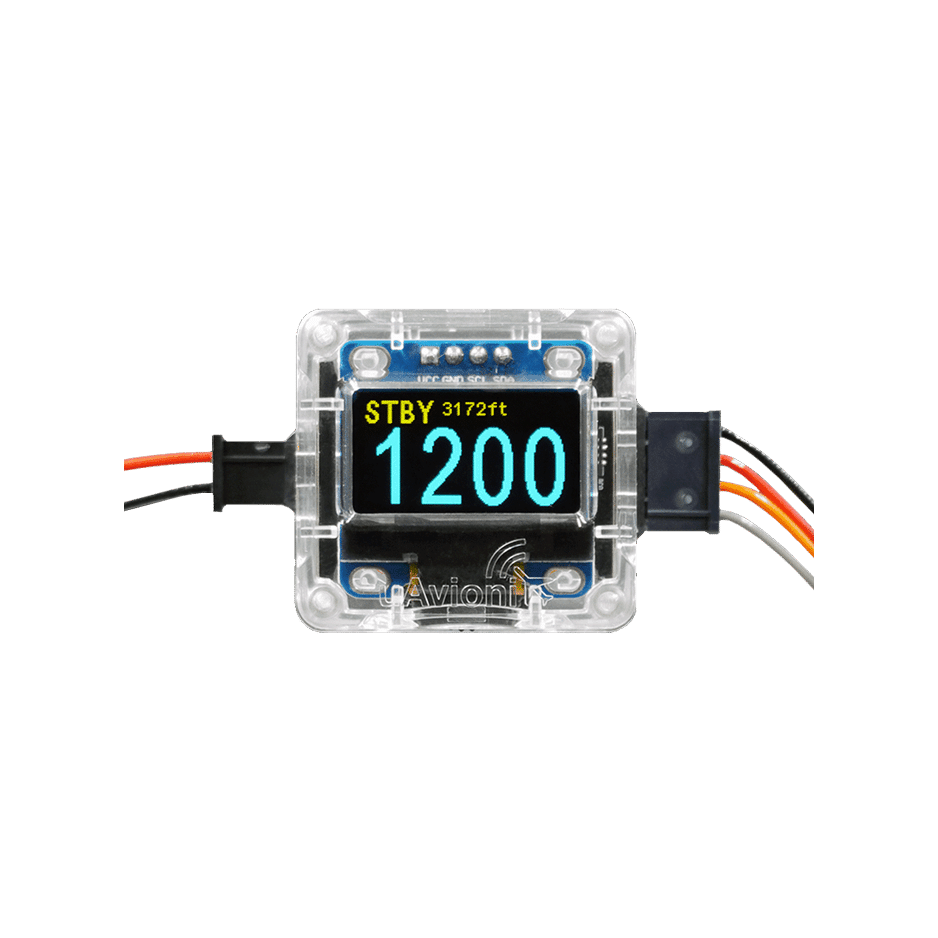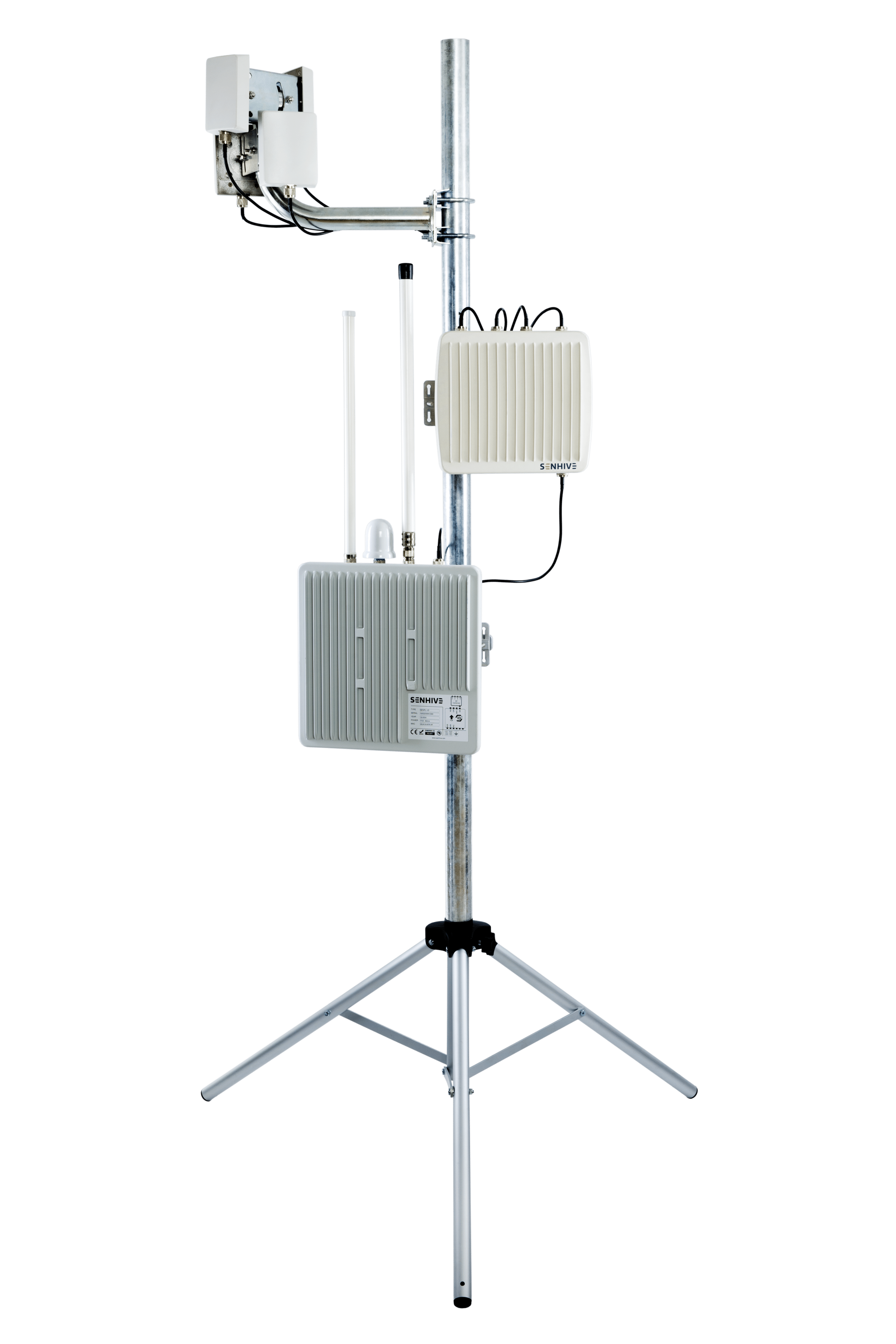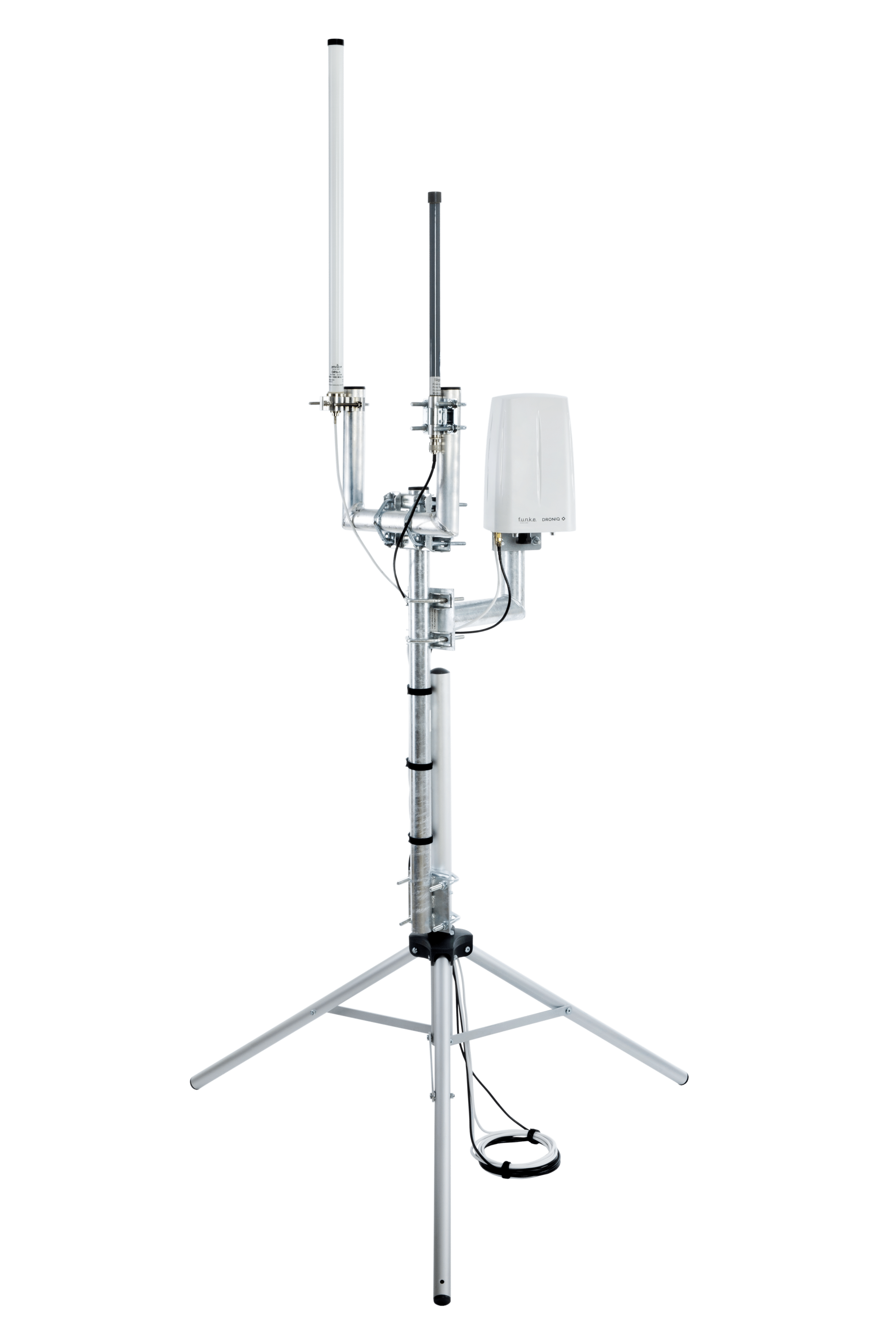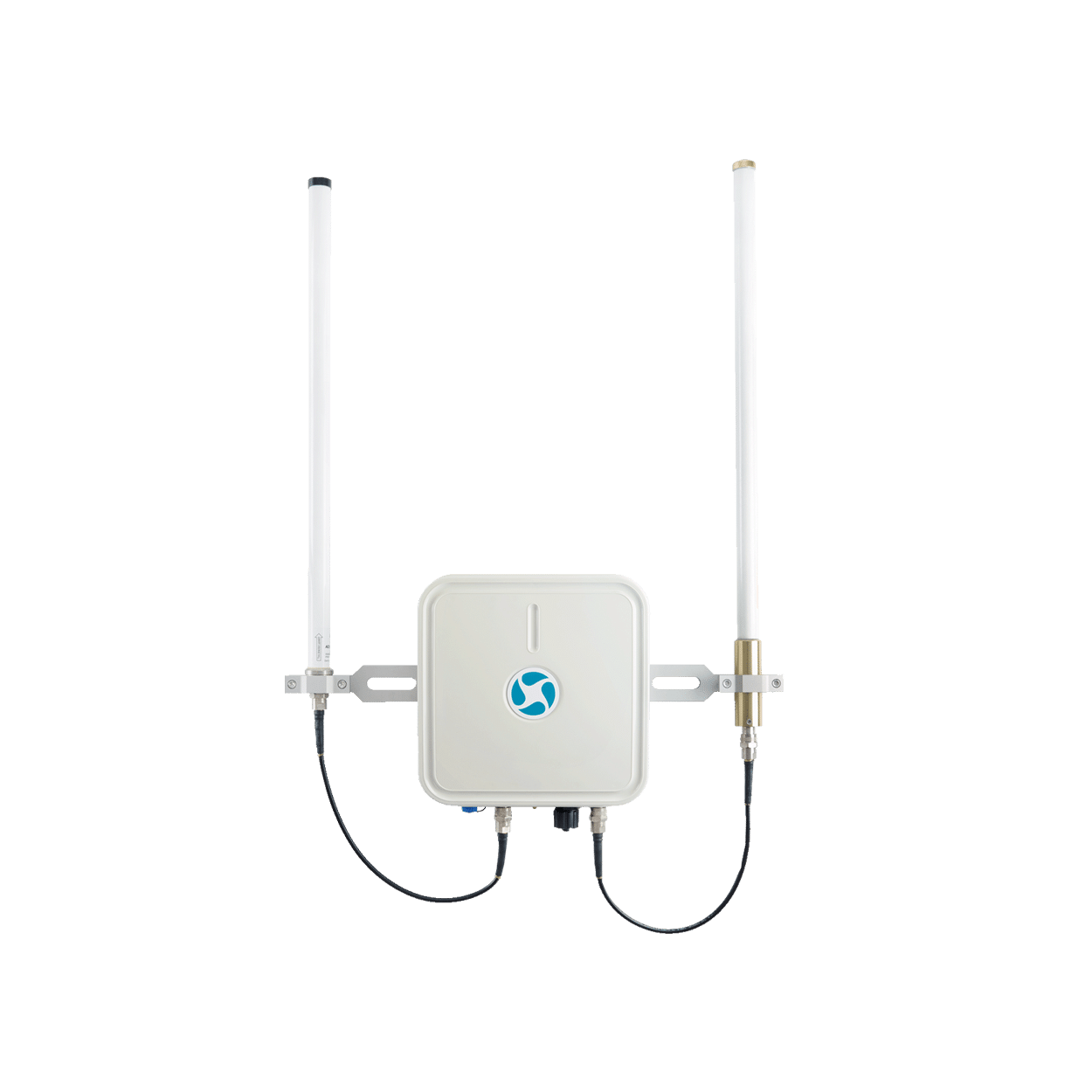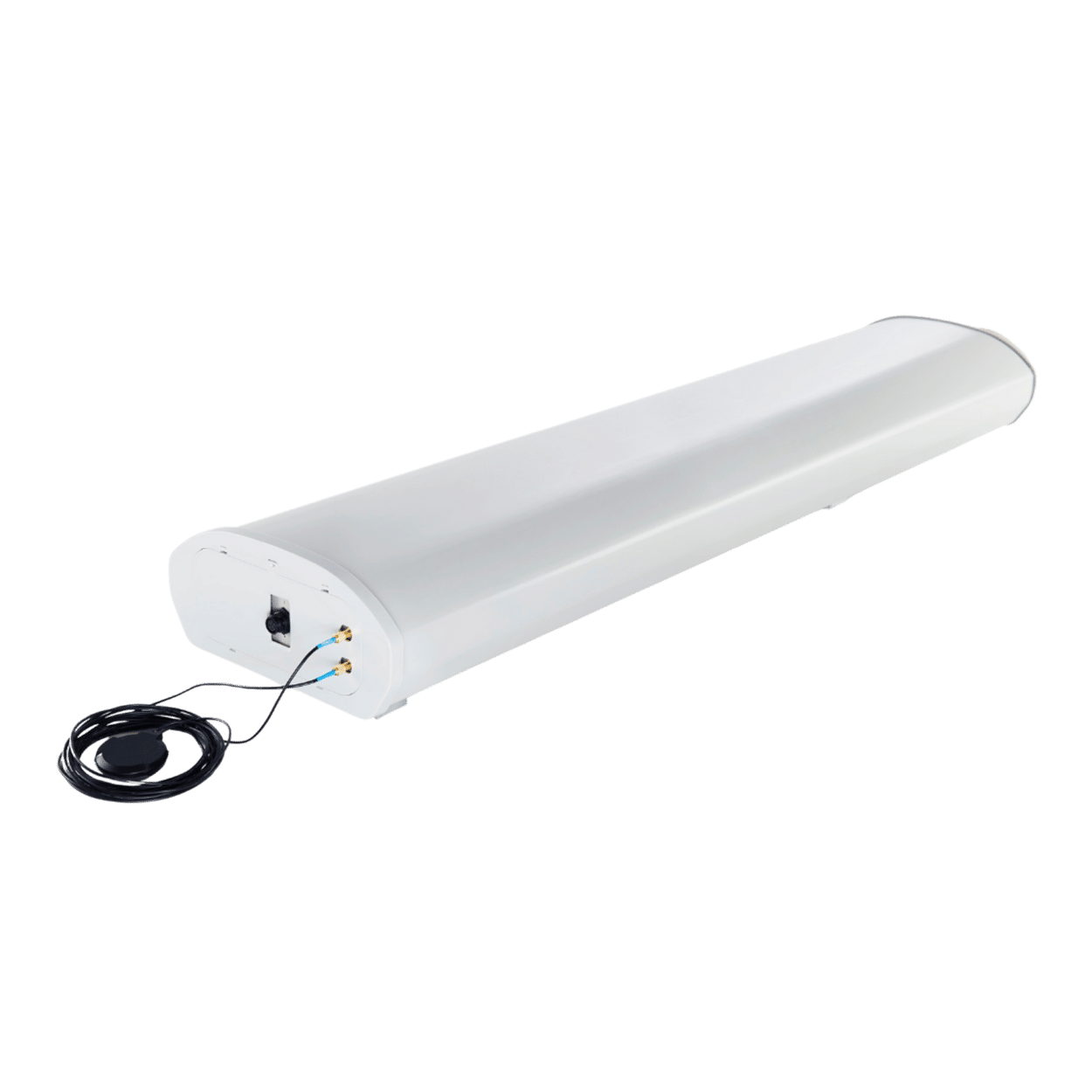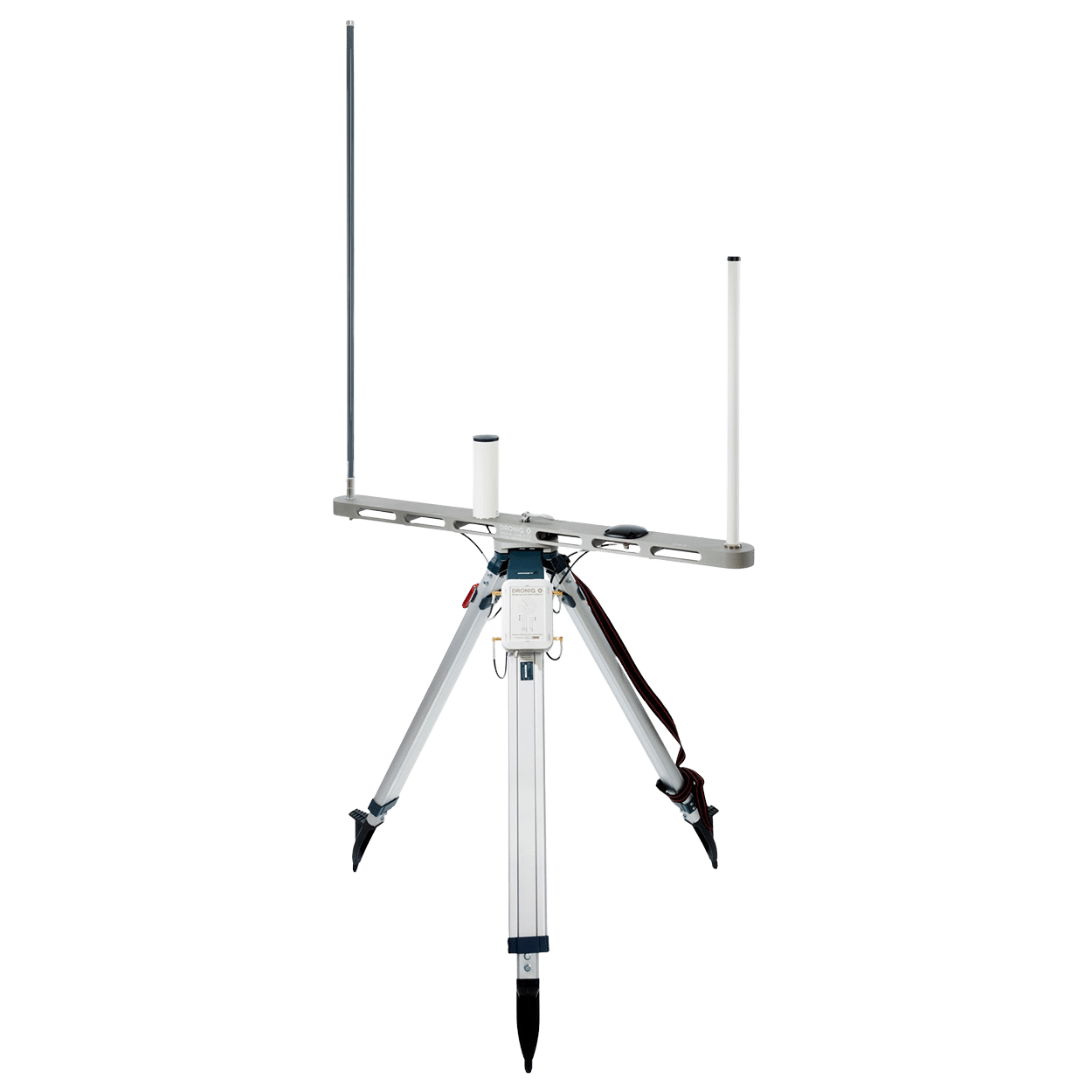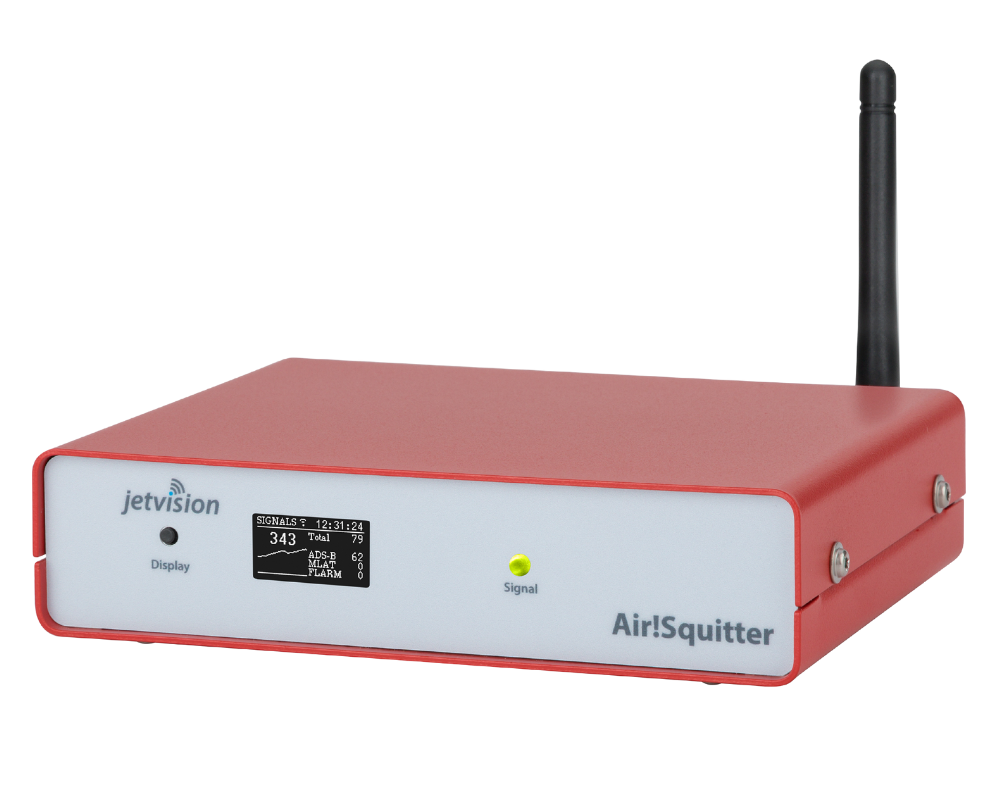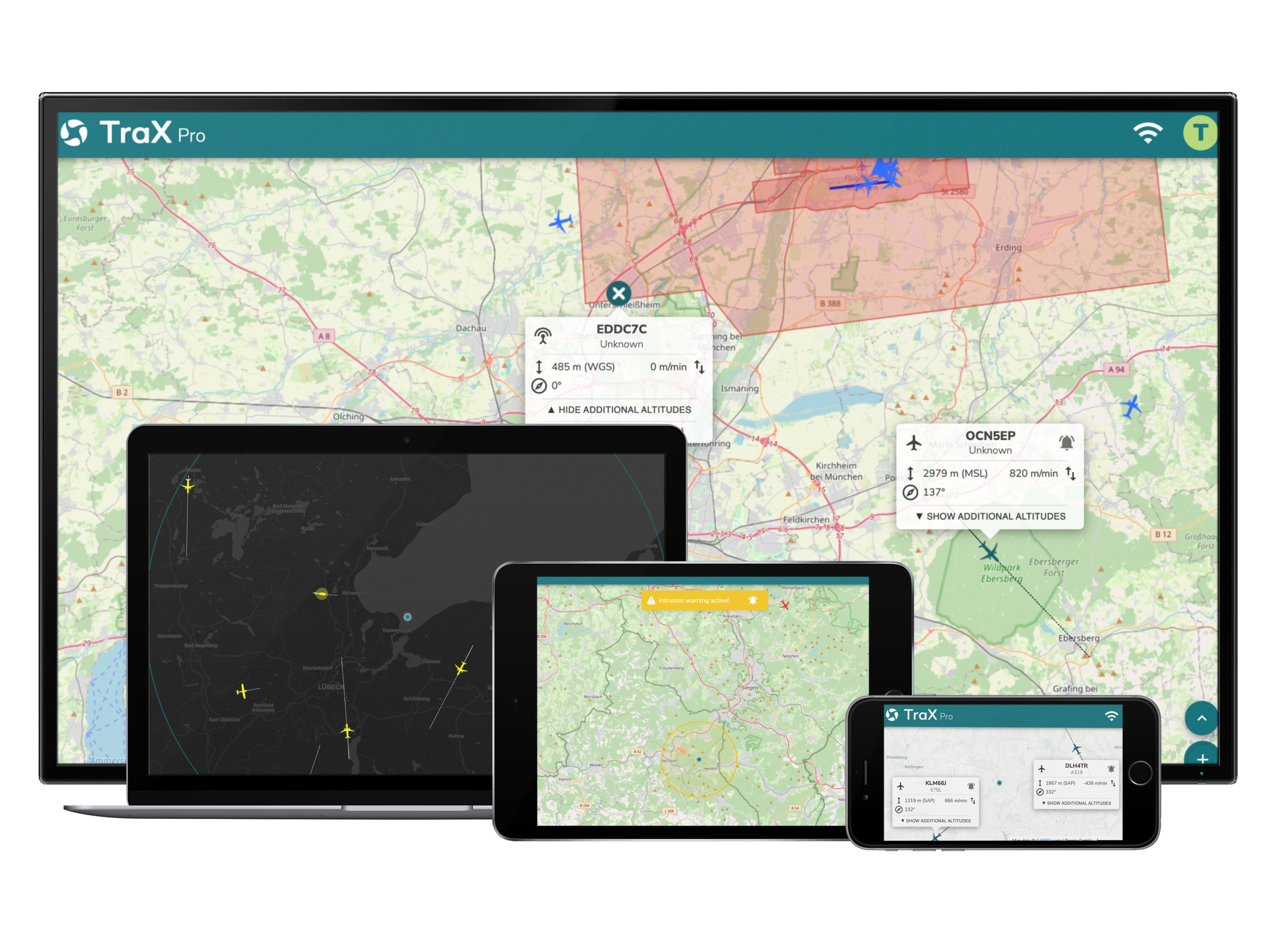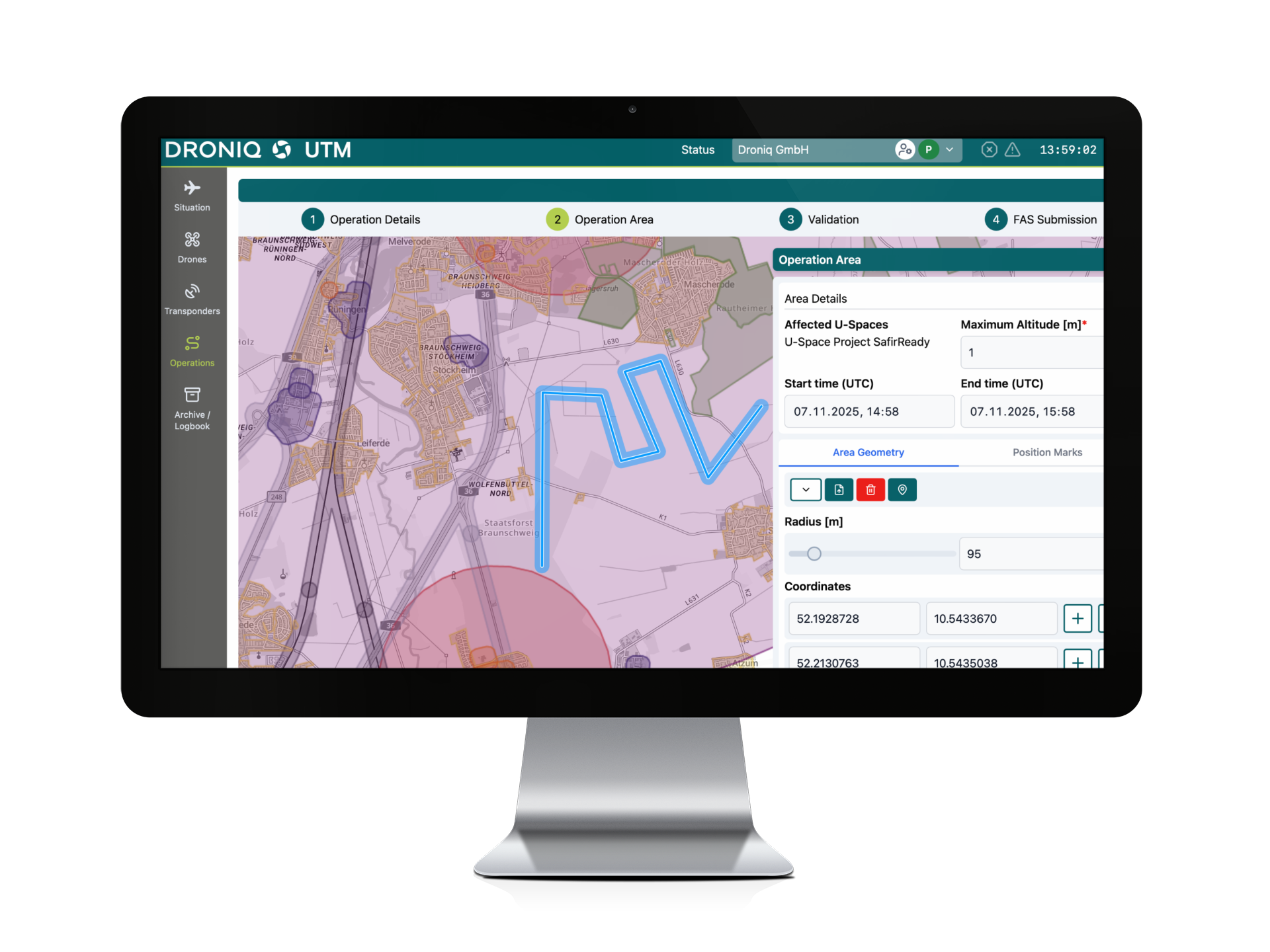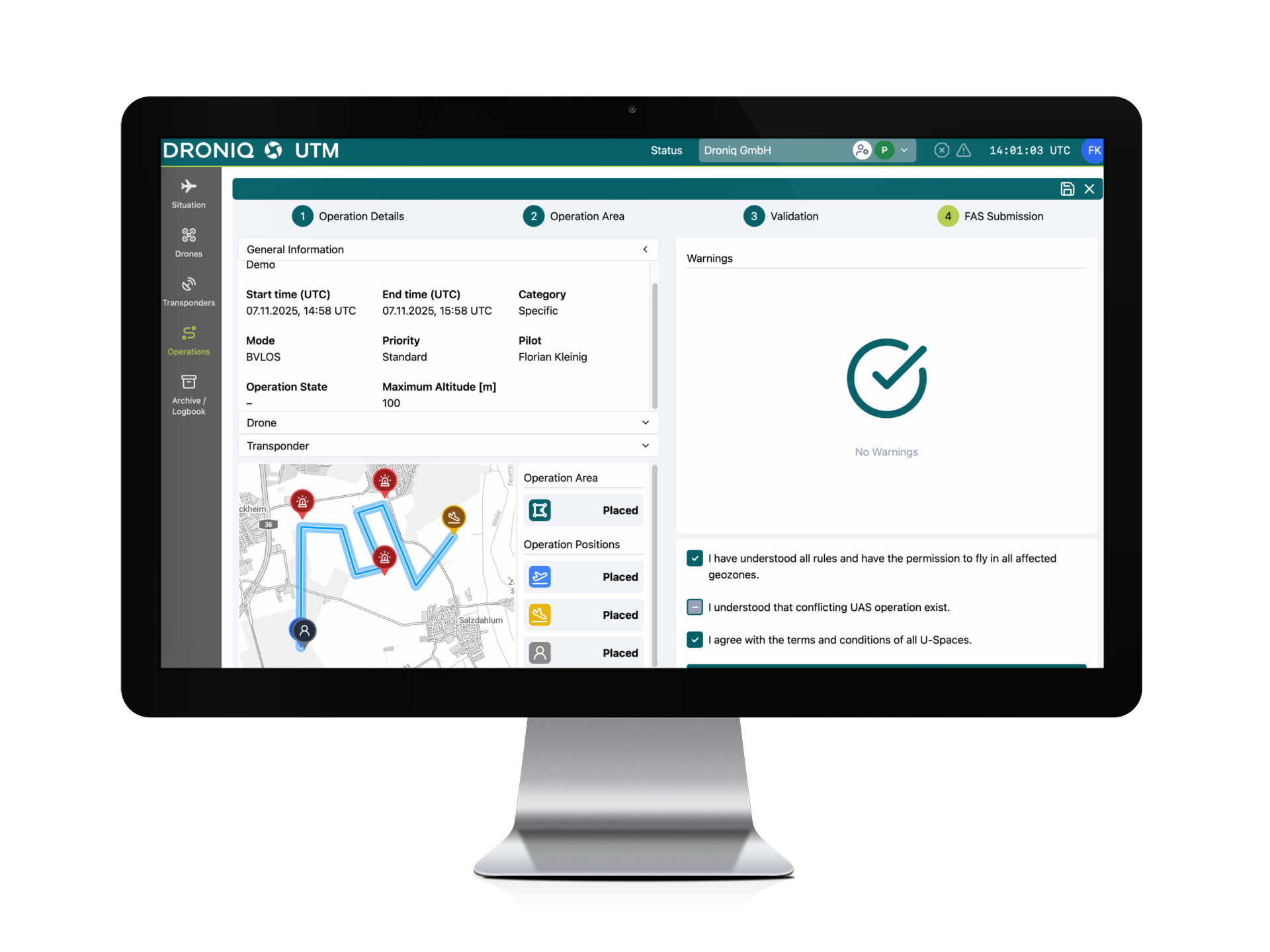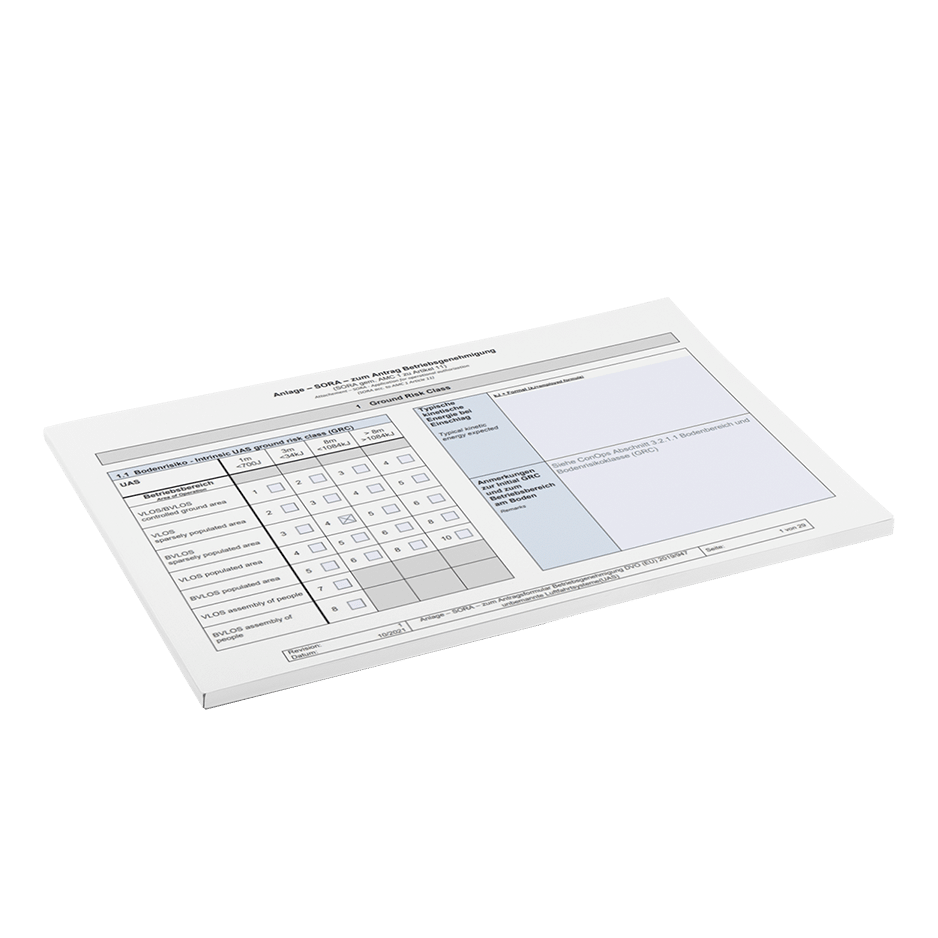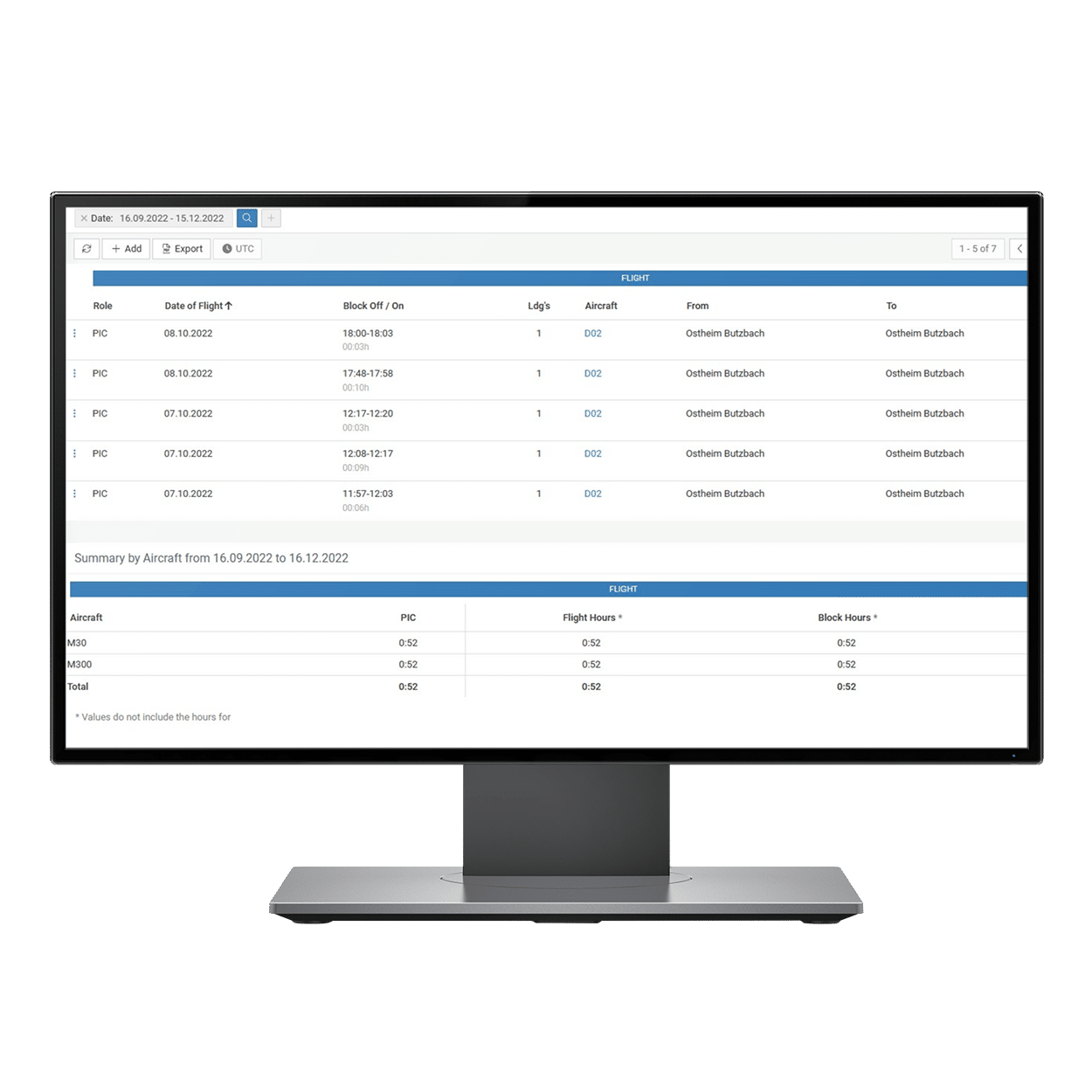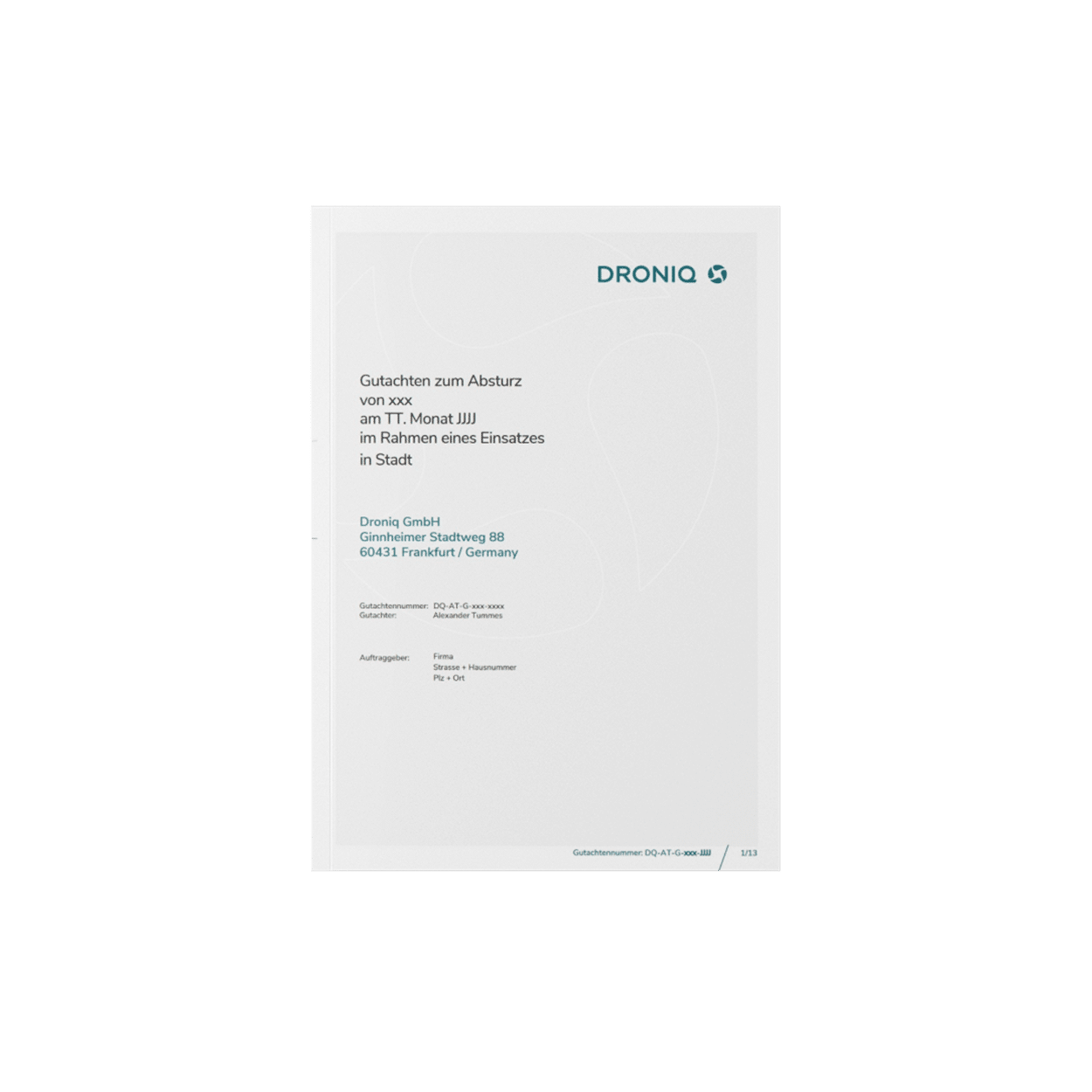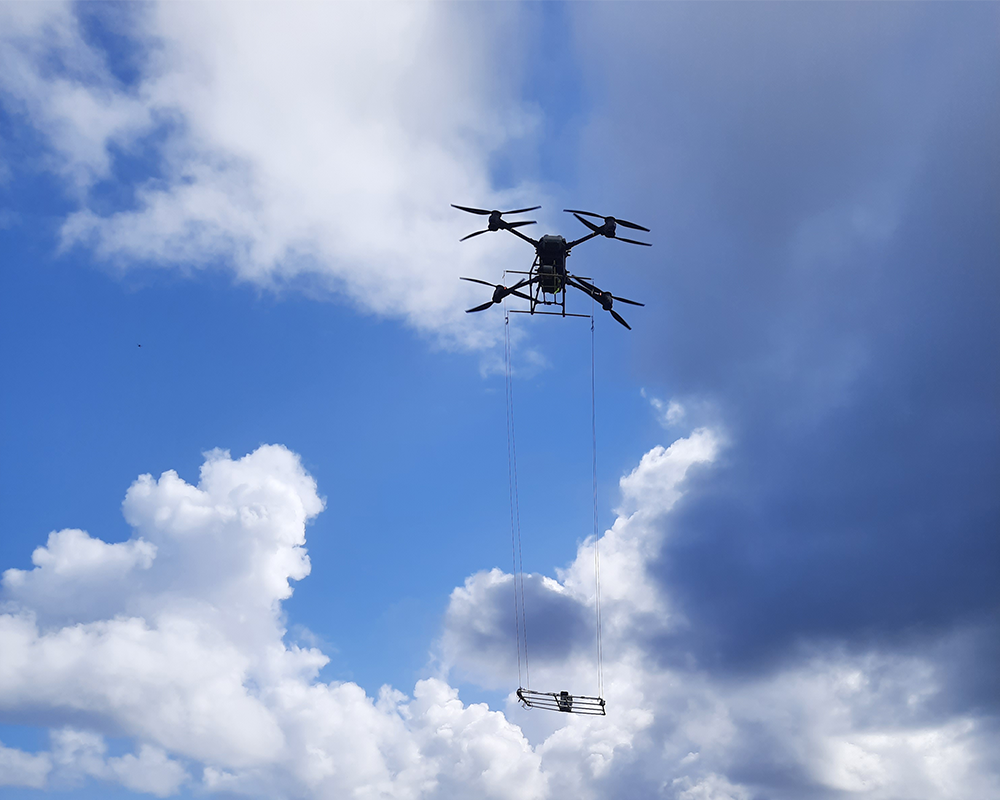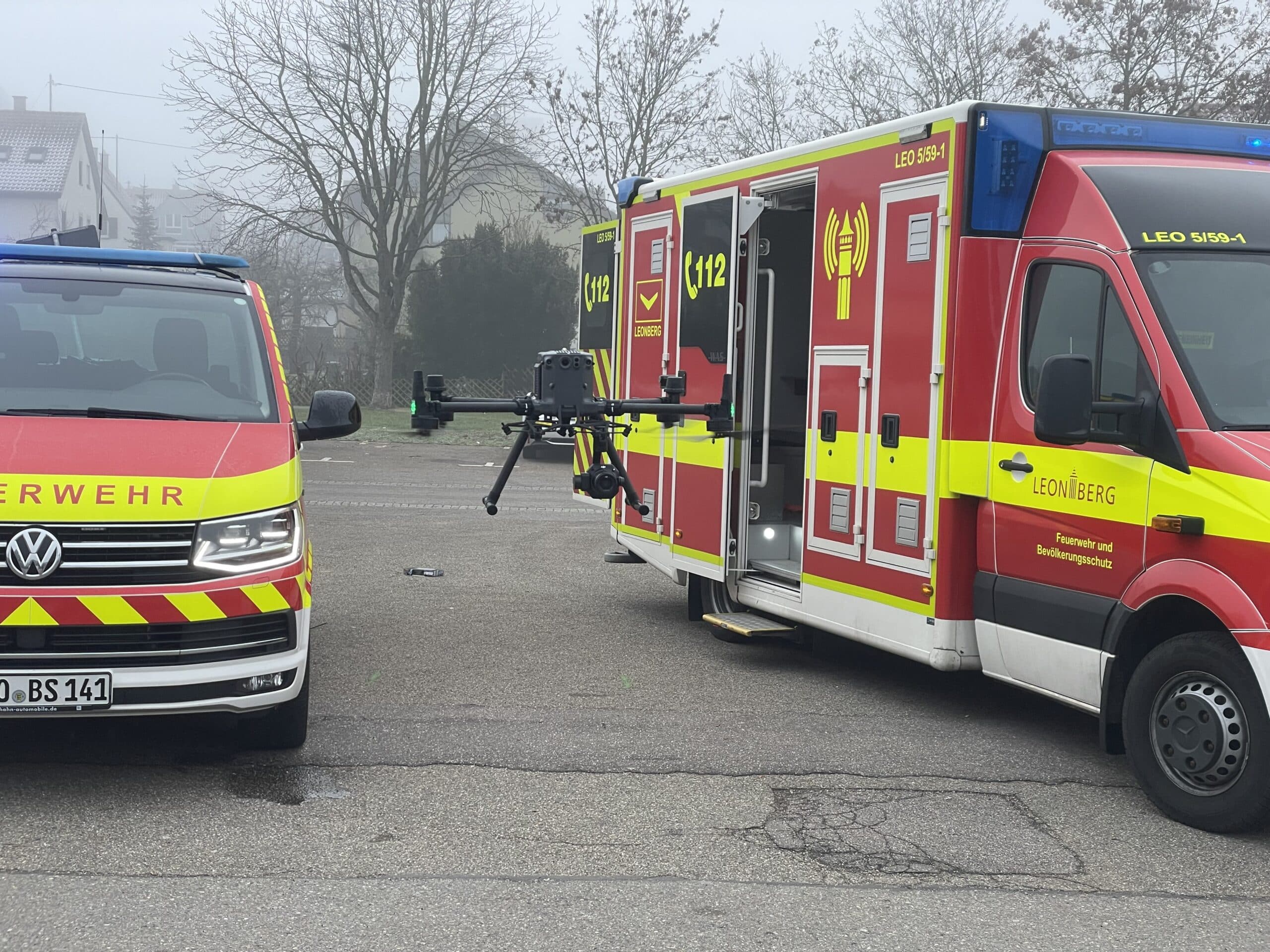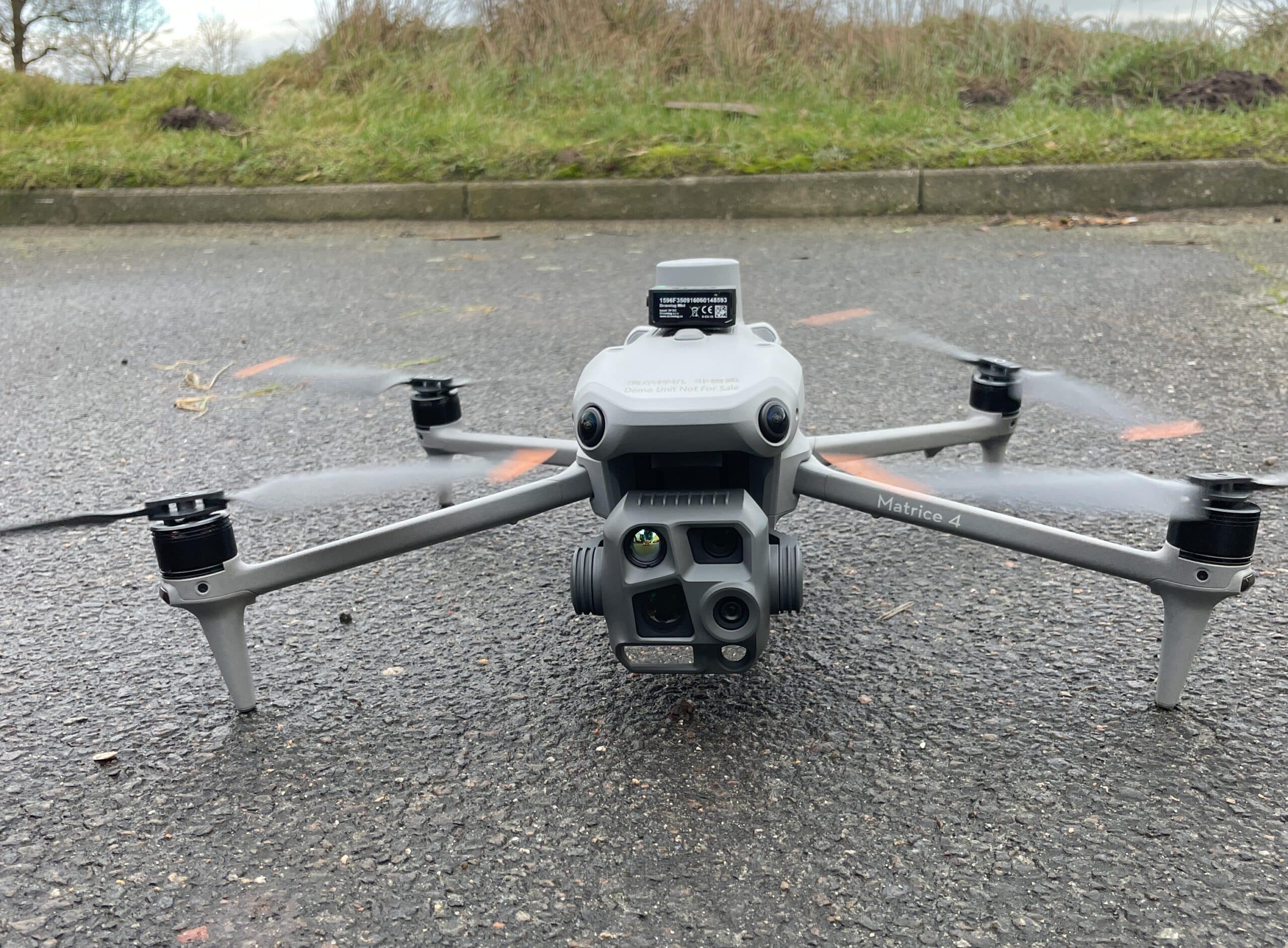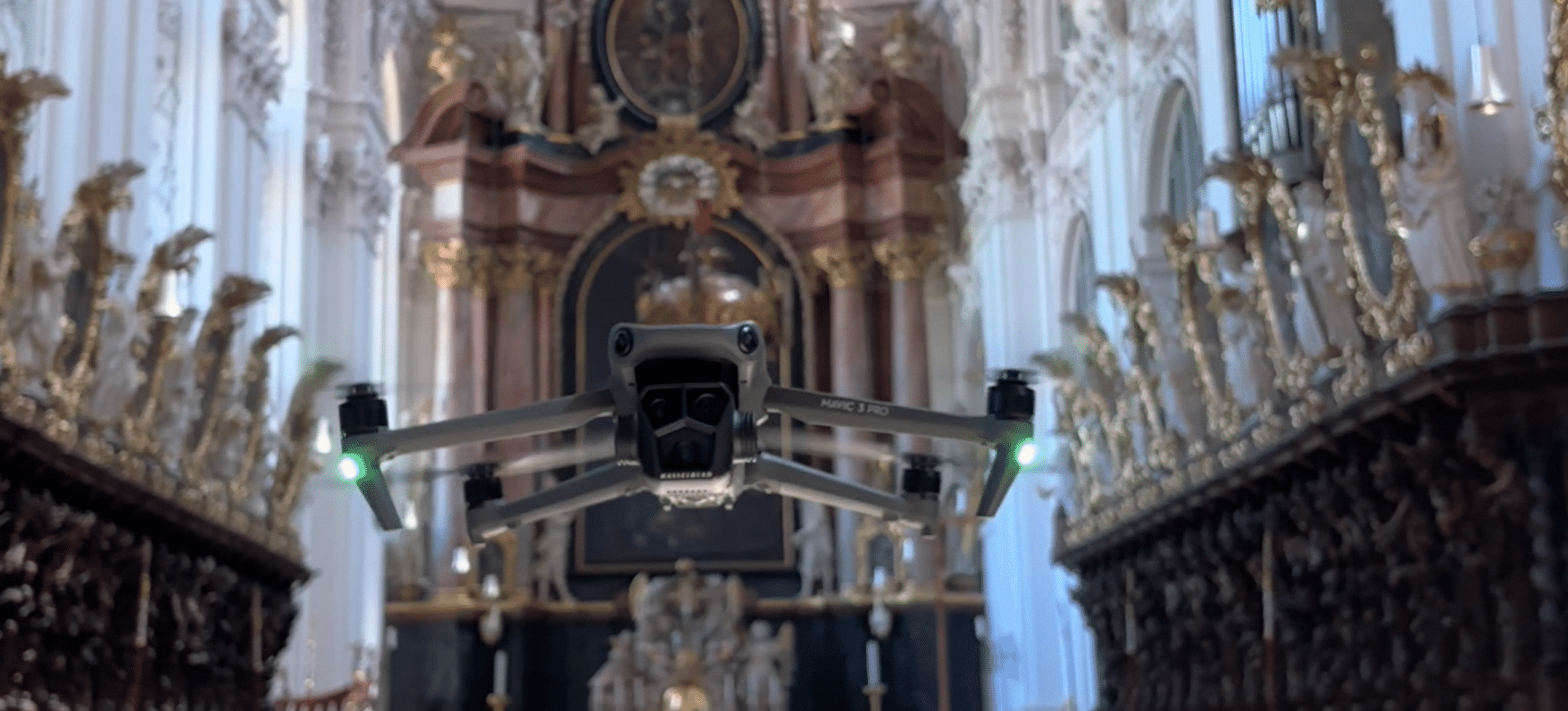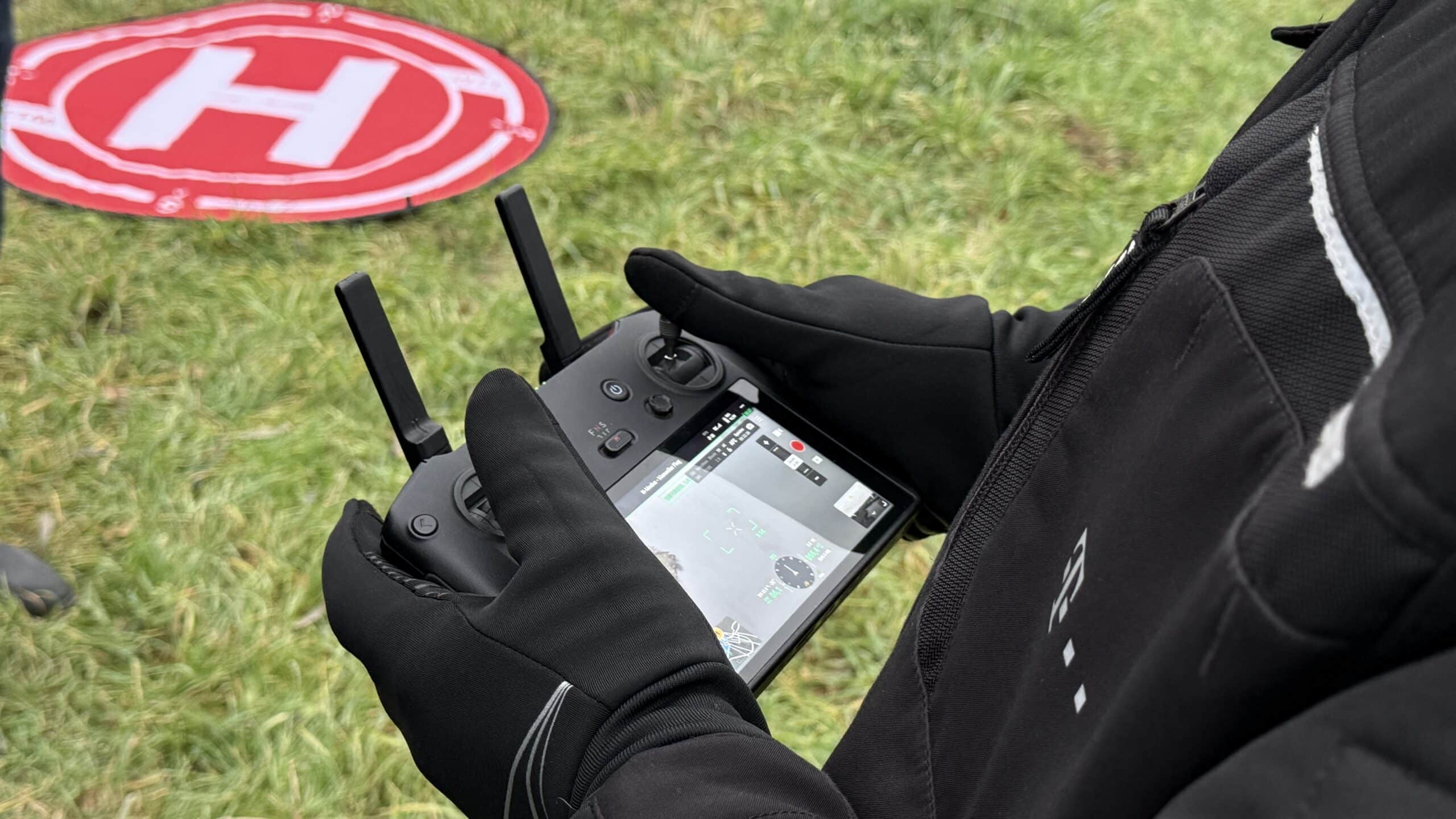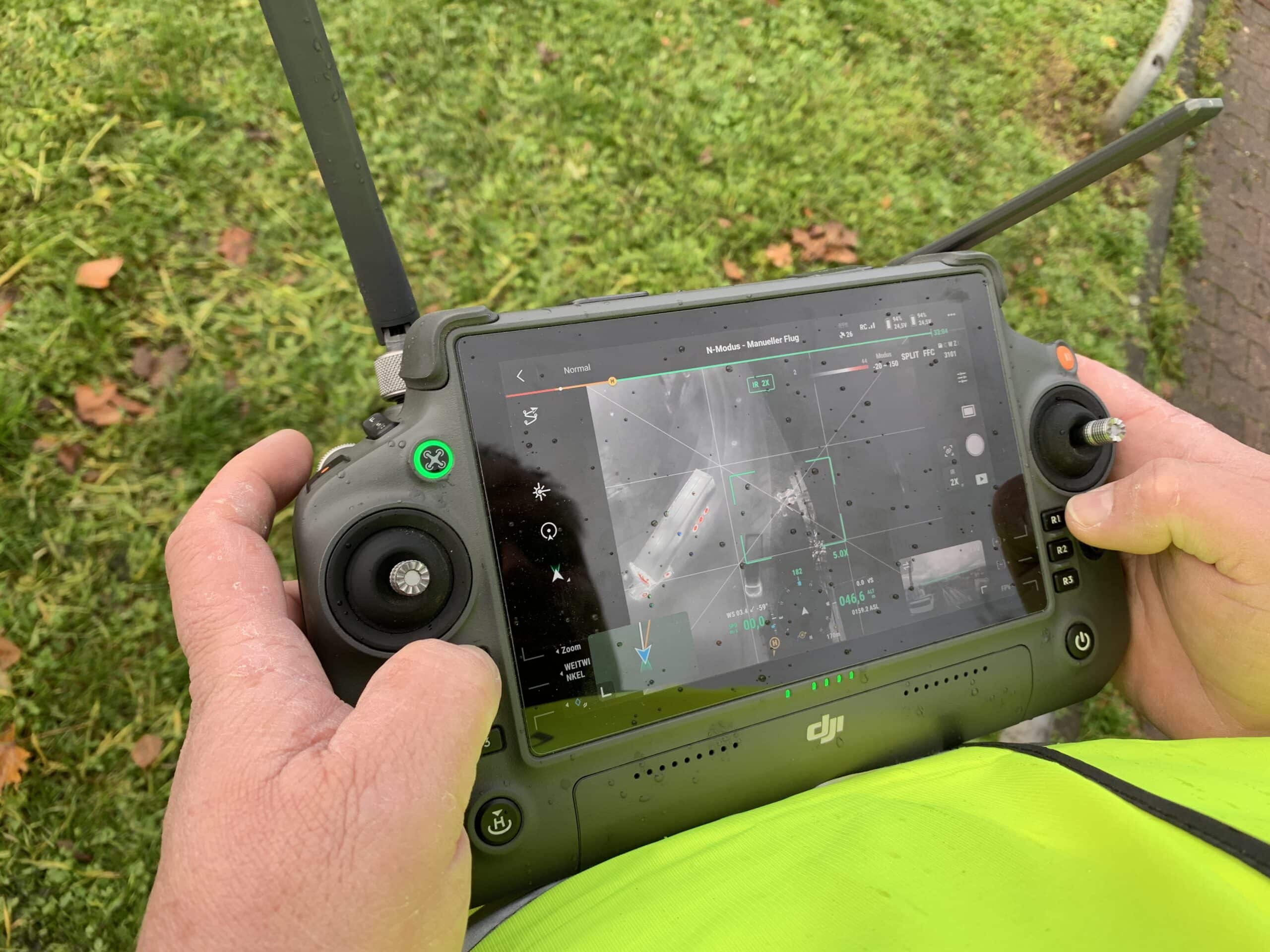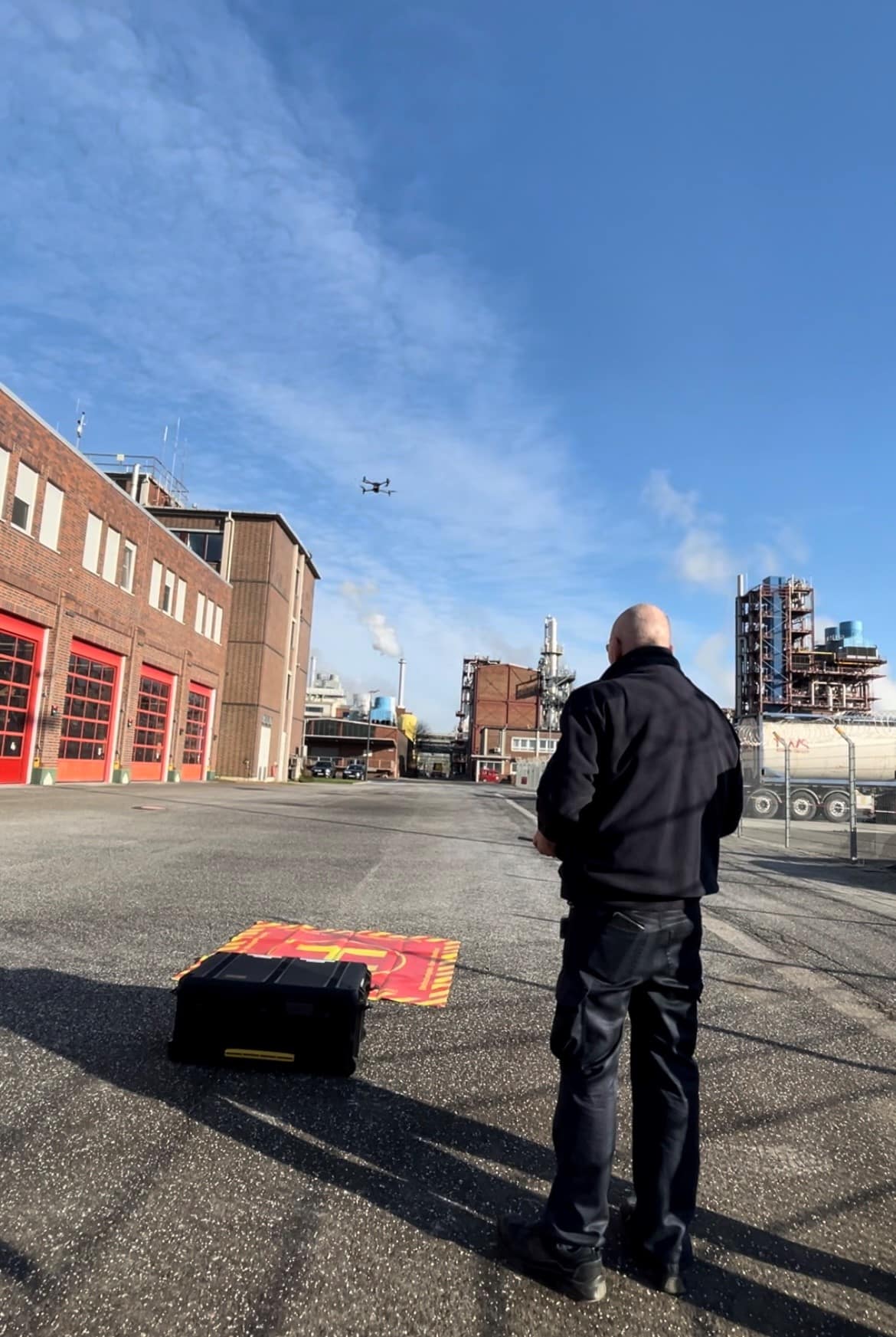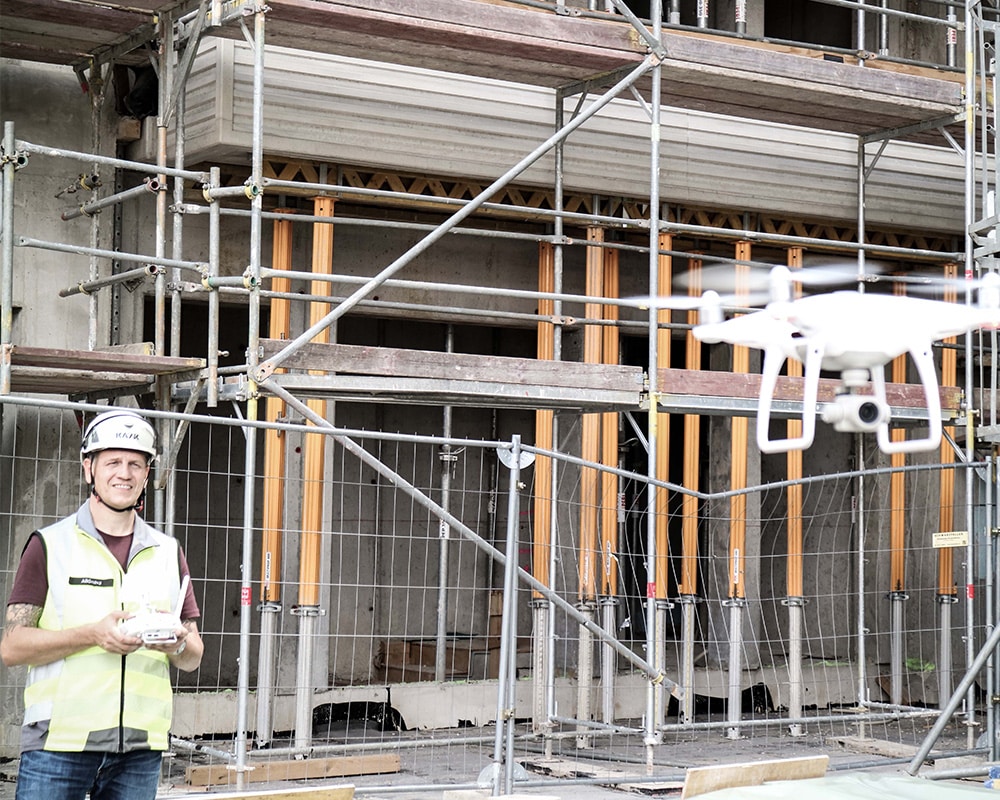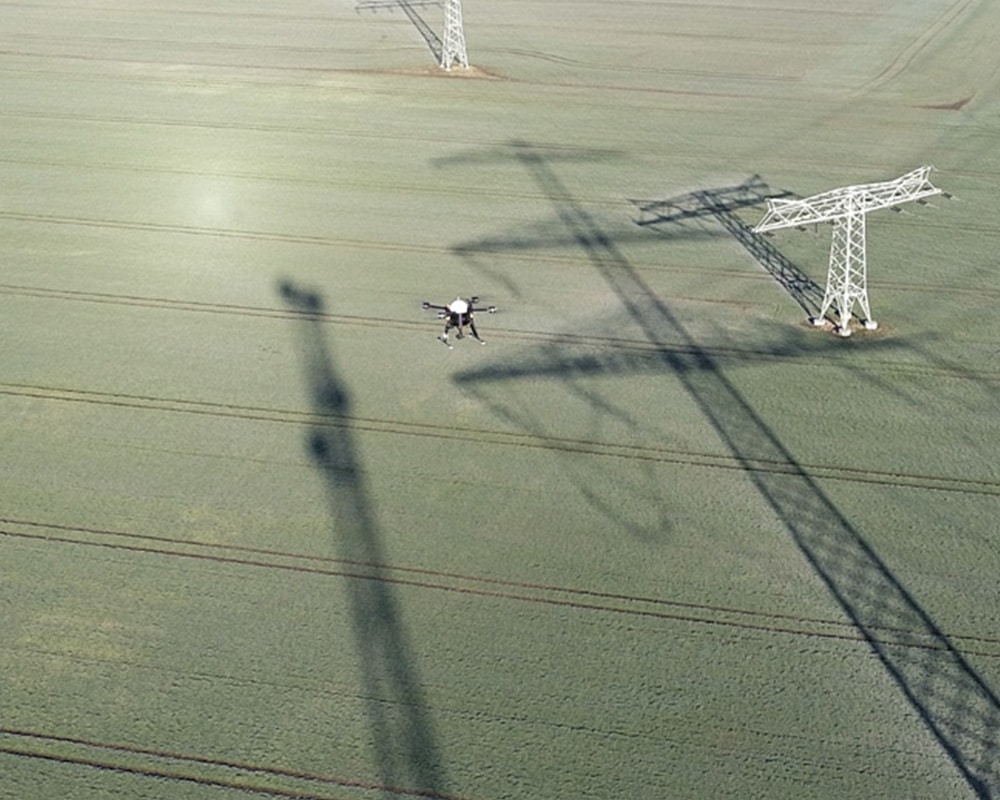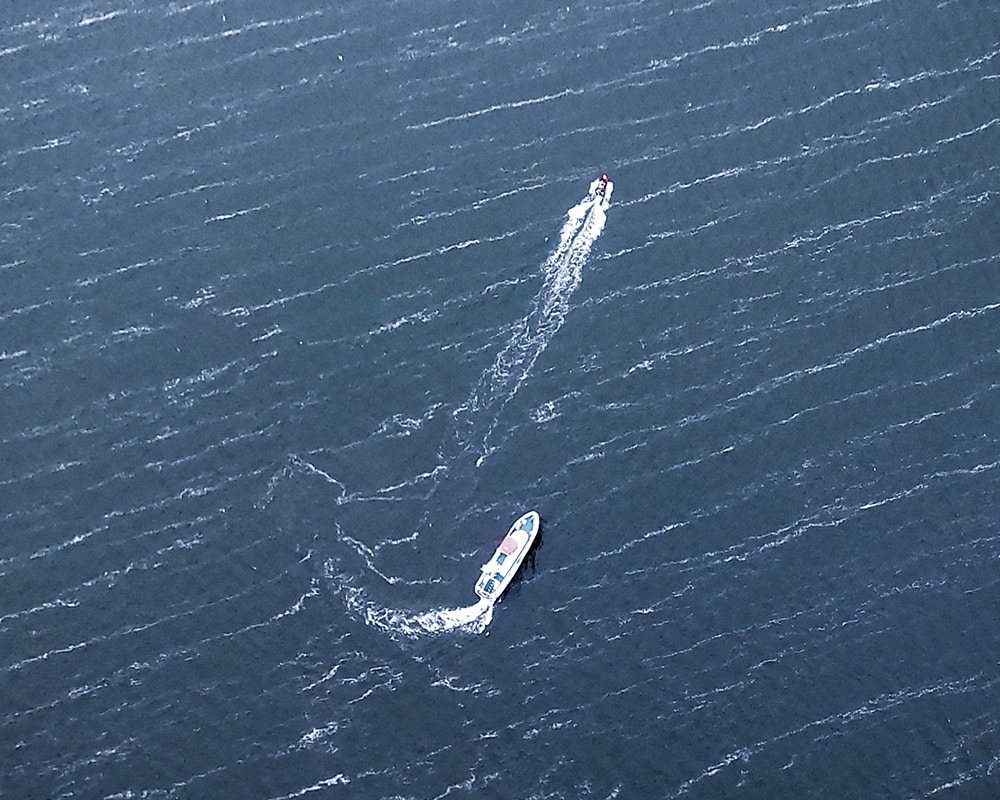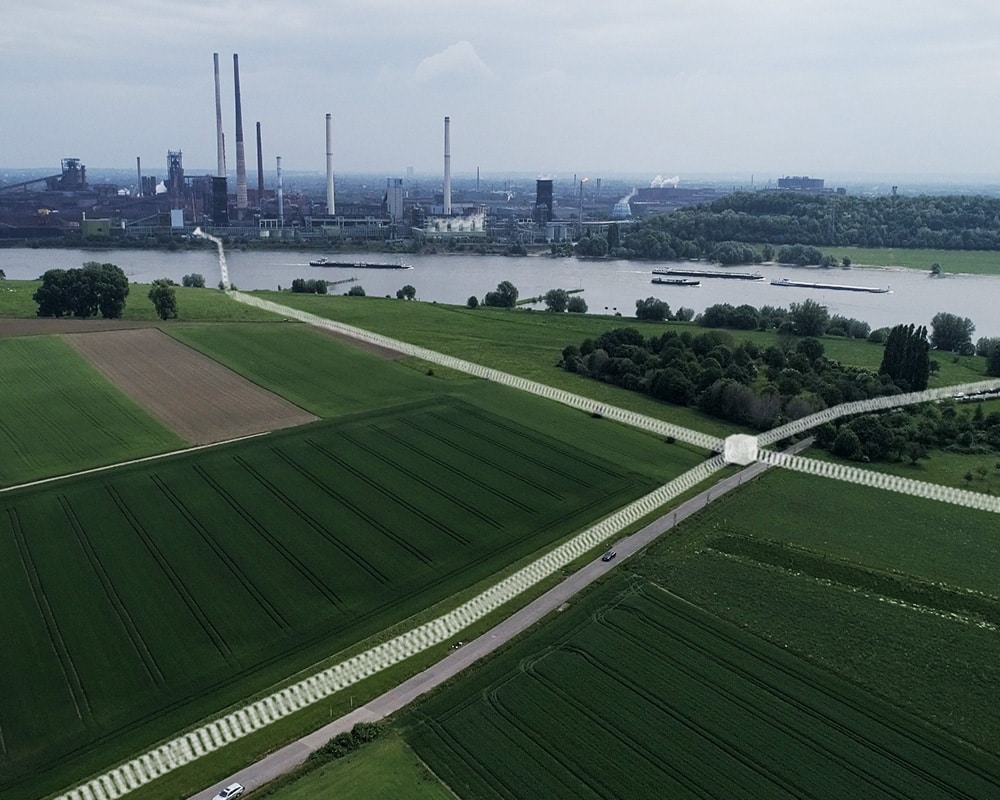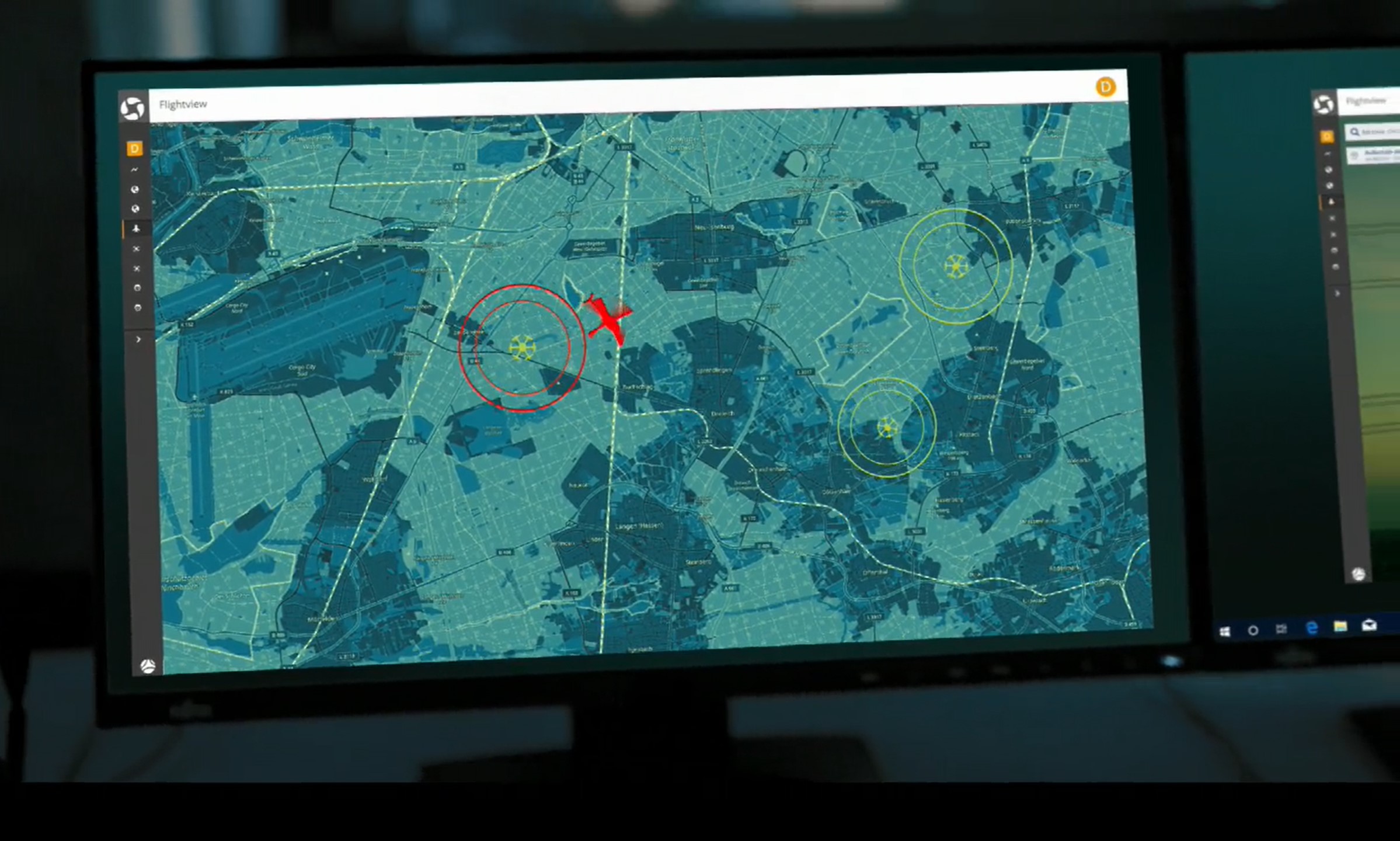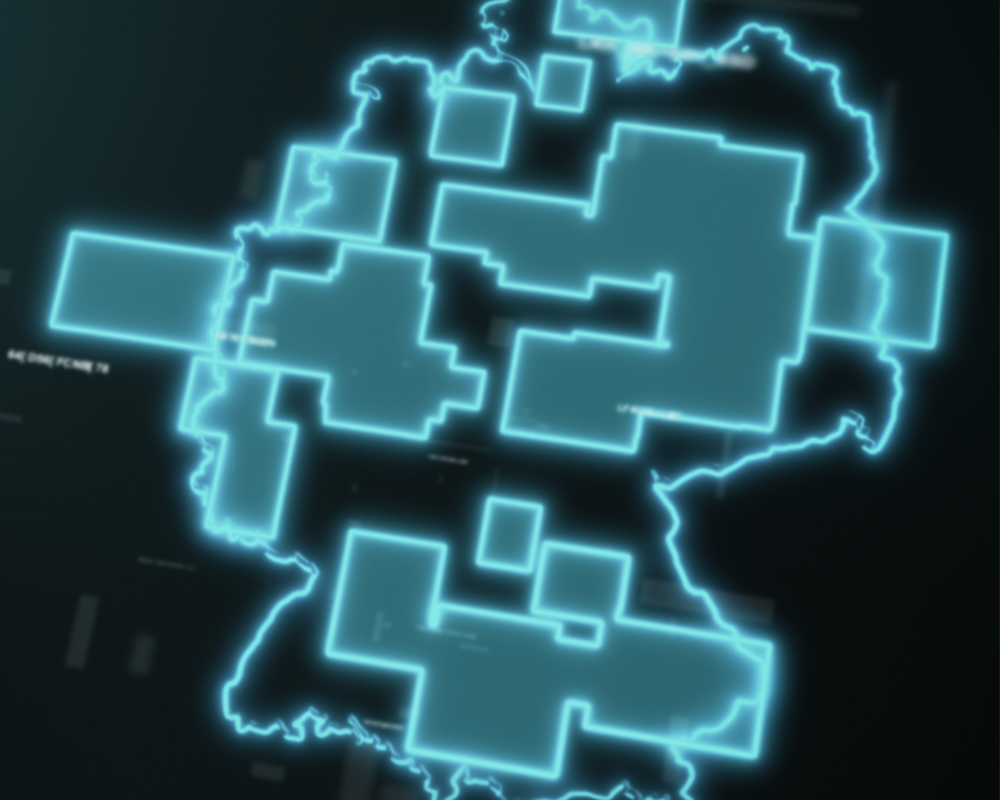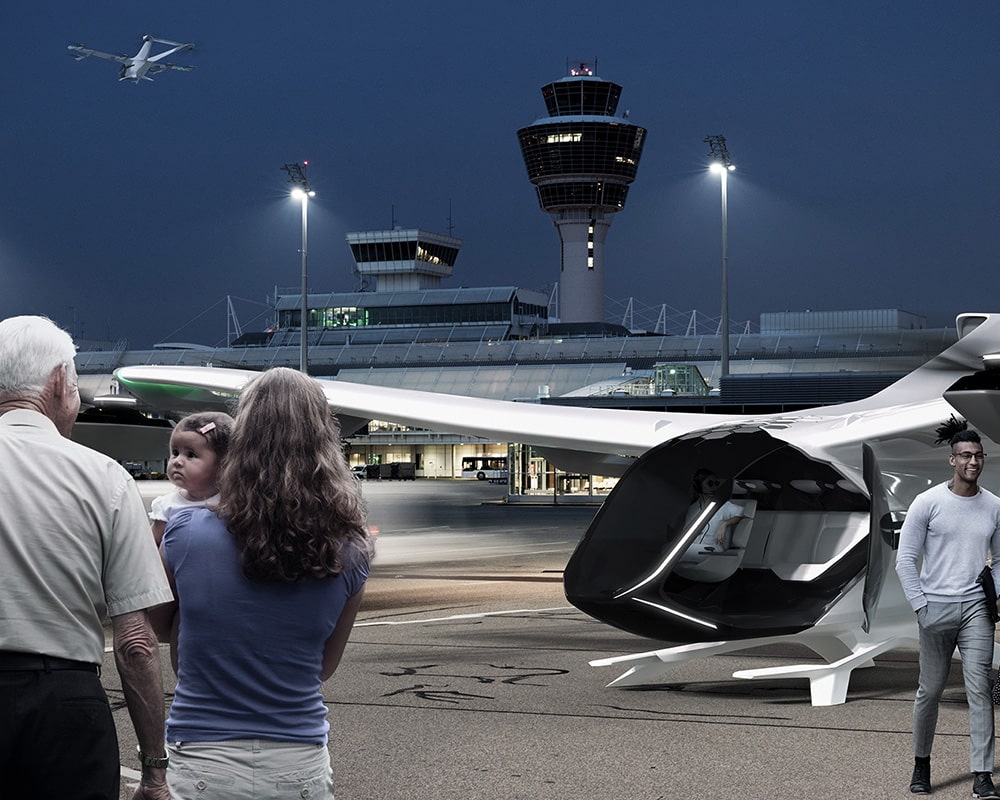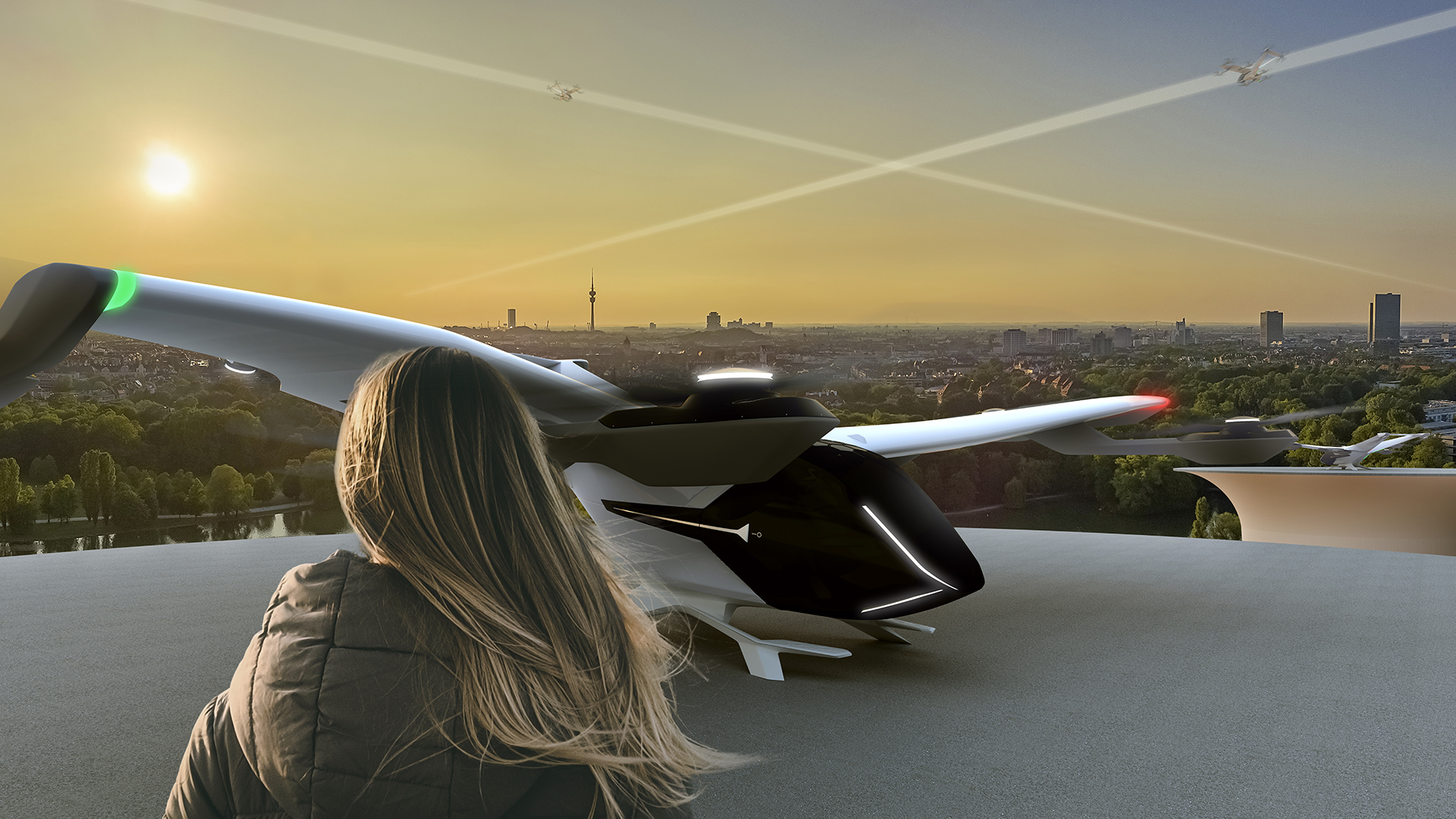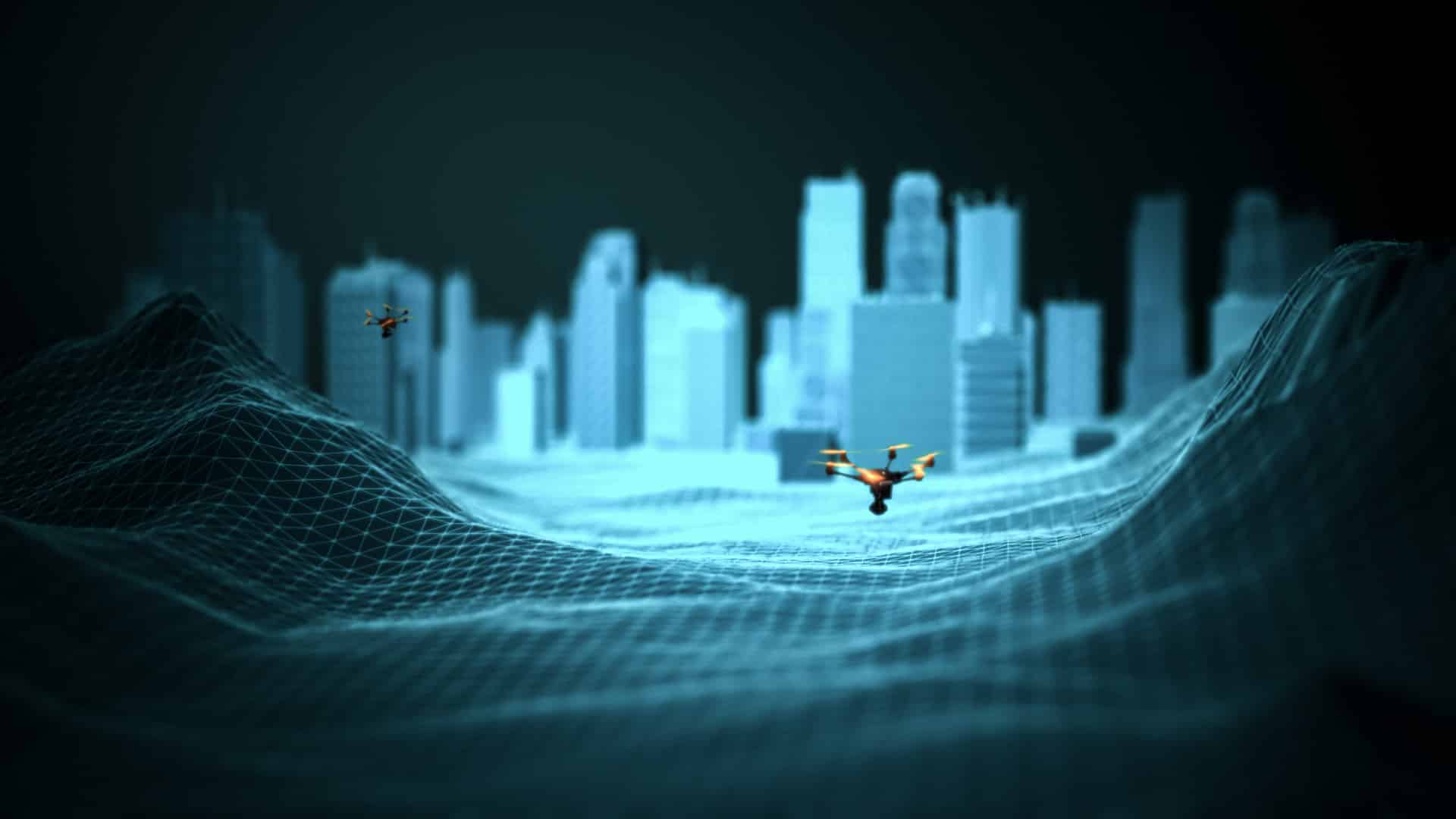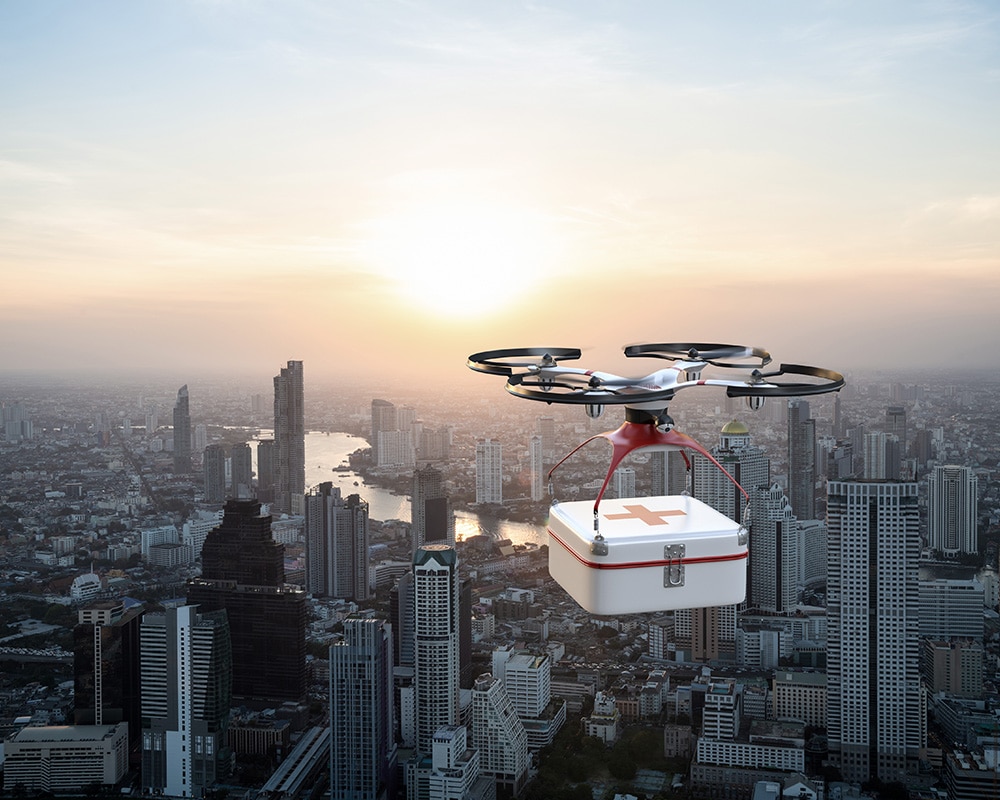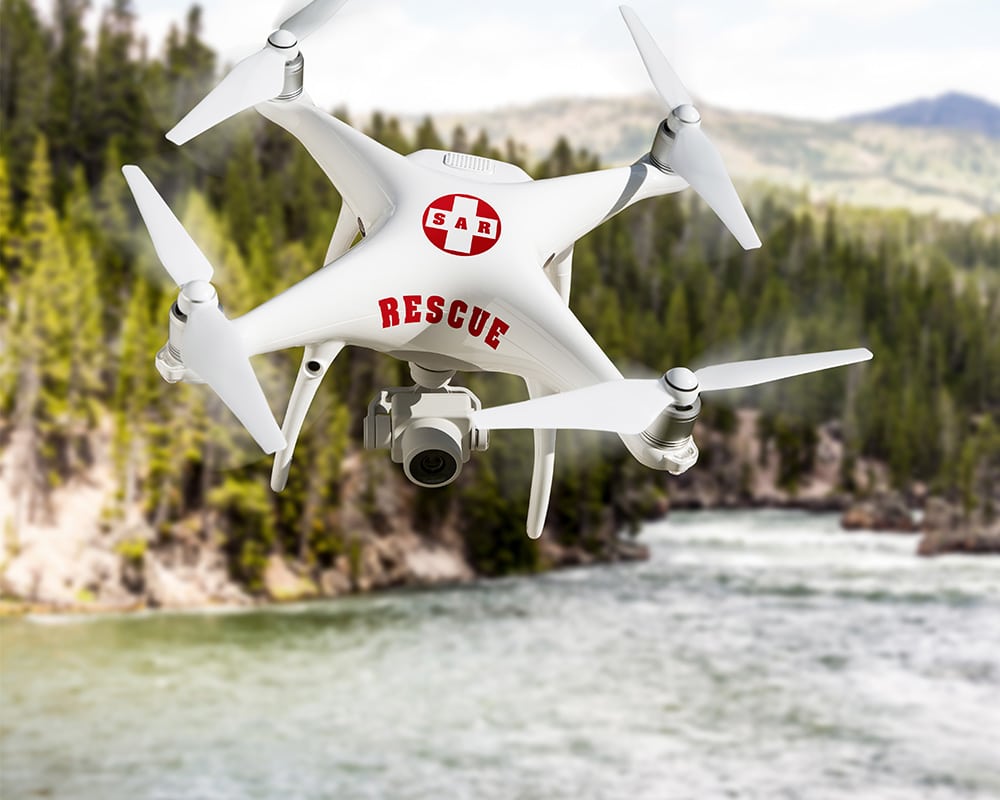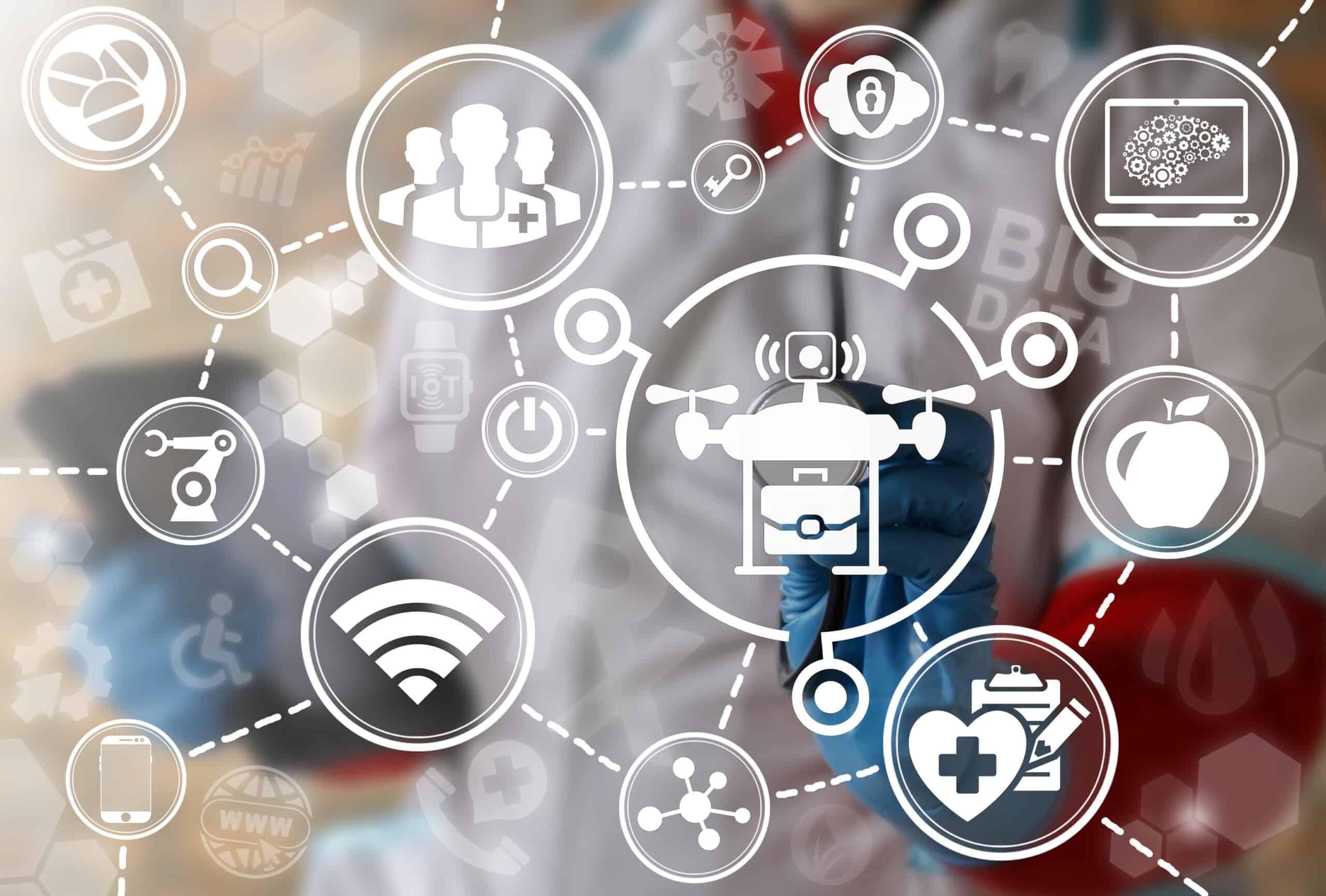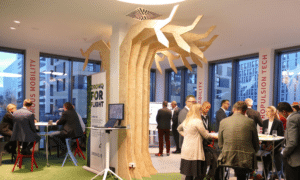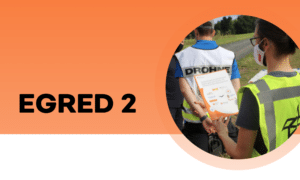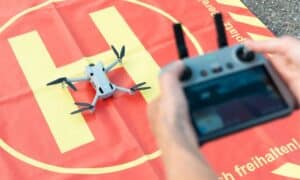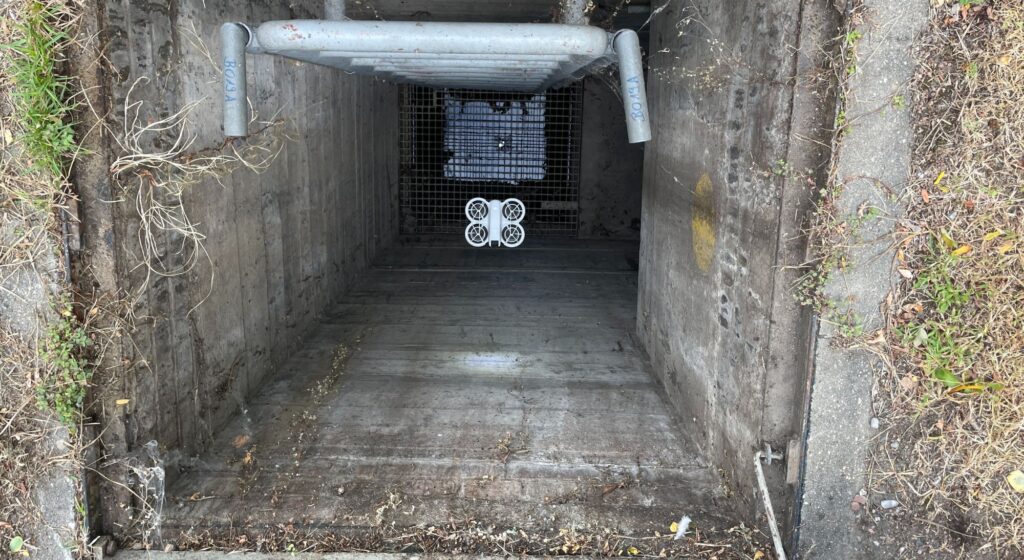How drone operations are revolutionizing forestry
On September 6 and 7, foresters, forest owners, scientists, investors and start-ups met at the Future Forest Forum to discuss innovations and solutions for sustainable and climate-resilient forestry. Our colleague Caroline Brandis, a sales manager and drone pilot who specializes in the use of drones to support agriculture and forestry, was also there.
Challenges of forest & forestry
Forestry is facing enormous challenges: Climate change, pest infestation and the death of native tree species are increasingly affecting our forests. At the same time, the need for sustainable forestry is growing in order to protect ecosystems and make them future-proof. In this context, drones offer a forward-looking solution. They make it possible to monitor large areas of forest efficiently, record data precisely and thus initiate targeted measures to maintain and preserve the forest.
Some advantages of using drones in forestry
Efficient monitoring of large forest areas:
Monitoring forests on foot or by vehicle is time-consuming and often only possible to a limited extent. Drones, on the other hand, can cover large areas in a very short time and provide high-resolution data that enables precise mapping and analysis. This is particularly important in areas that are difficult to access or after extreme weather events such as storms or forest fires.
Support for reforestation:
In addition to monitoring, drones can also actively help with reforestation. By sowing seeds or analyzing soil conditions, they help to identify suitable planting areas and make the reforestation process more efficient.
Use of multispectral and thermal data:
Drones can be equipped with various sensors that go beyond conventional cameras. Multispectral sensors, for example, record data that provides information on the vitality of the trees, while thermal sensors can detect temperature differences in the forest.
Data basis for the "digital twin" of the forest:
A central topic in modern forestry is the so-called digital twin. Drones play a key role here by regularly collecting up-to-date data on the condition of the forest and thus creating a digital image of the forest in real time. This model enables foresters and scientists to precisely track changes in the forest and make informed decisions about maintenance measures, reforestation and protection against pests.
Conclusion: Drone technology as the key to climate-resilient forestry
The use of modern technologies is becoming increasingly important in view of the growing pressures on our forests caused by climate change. Drones not only offer a cost-effective and precise way of monitoring and maintaining forests, but also actively contribute to the creation of a climate-resilient forest. By using drones, foresters can react more quickly to problems and develop long-term strategies for sustainable forest management.
With our Drones-as-a-Service (DaaS) offering, we provide drones and their comprehensive services as a complete package. We take care of all aspects of drone operations: from planning, approval and execution of flights to data analysis and reporting.
